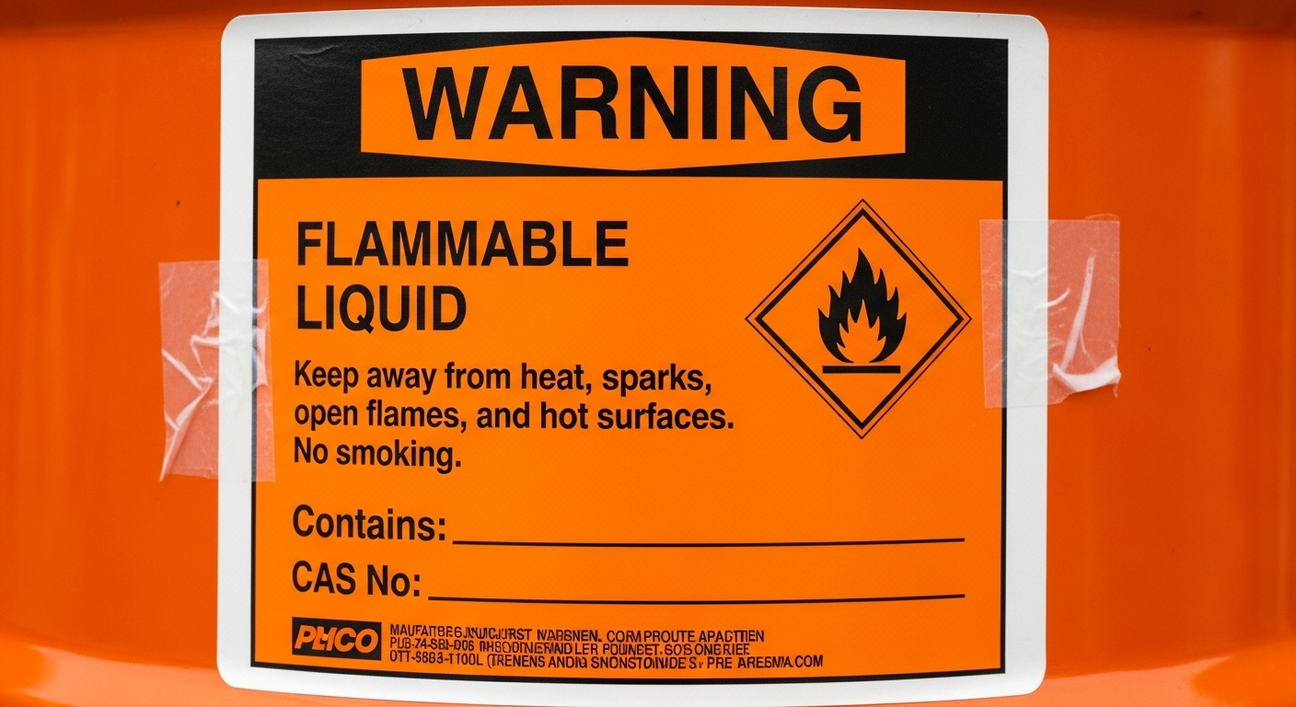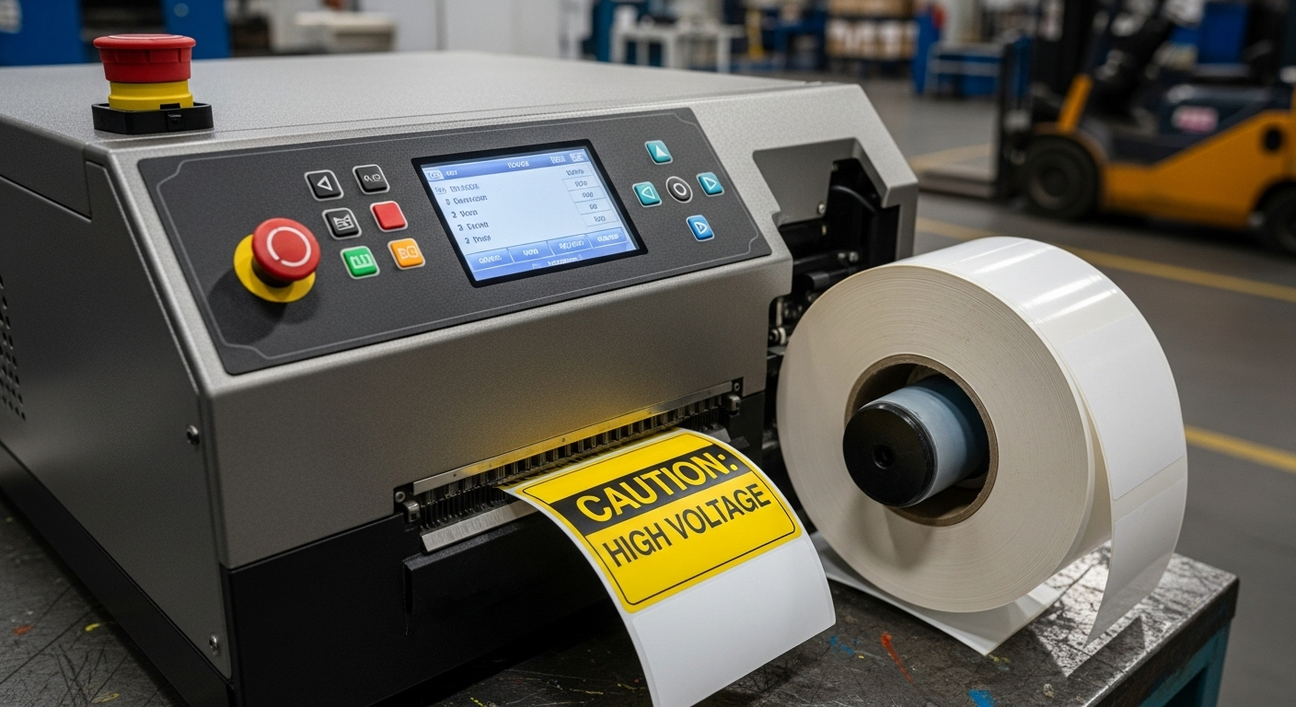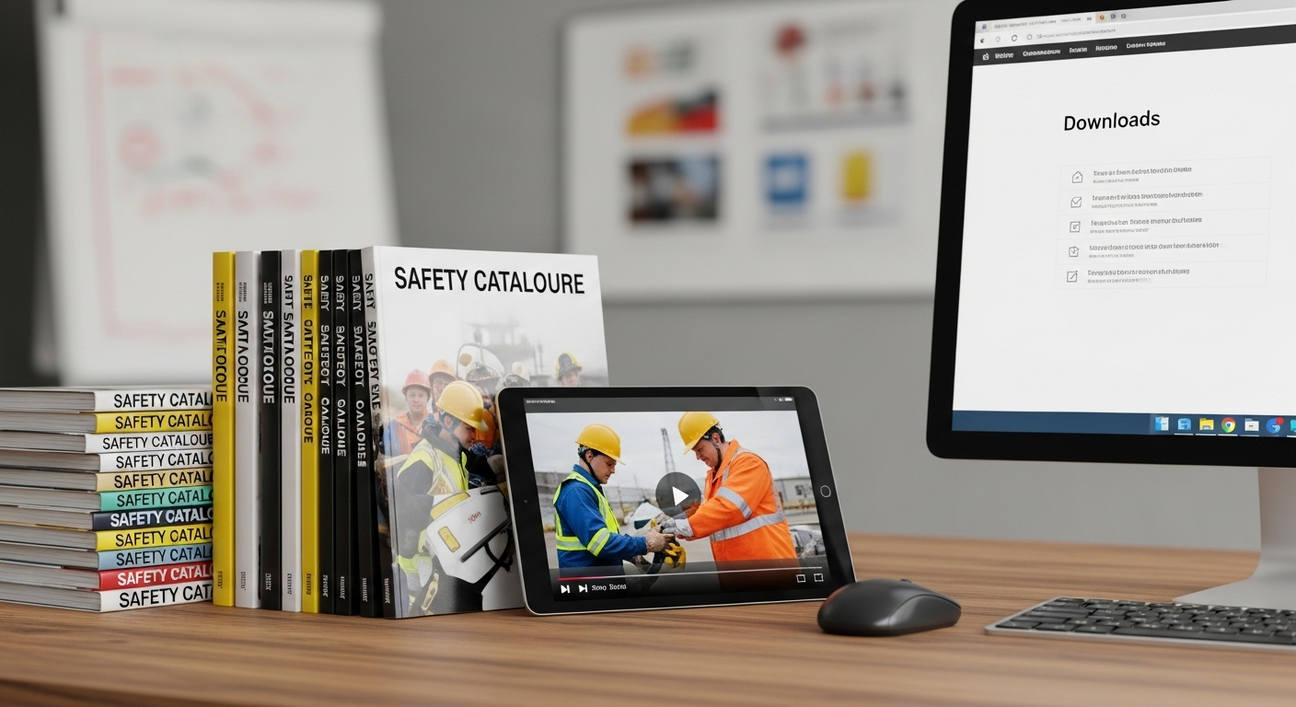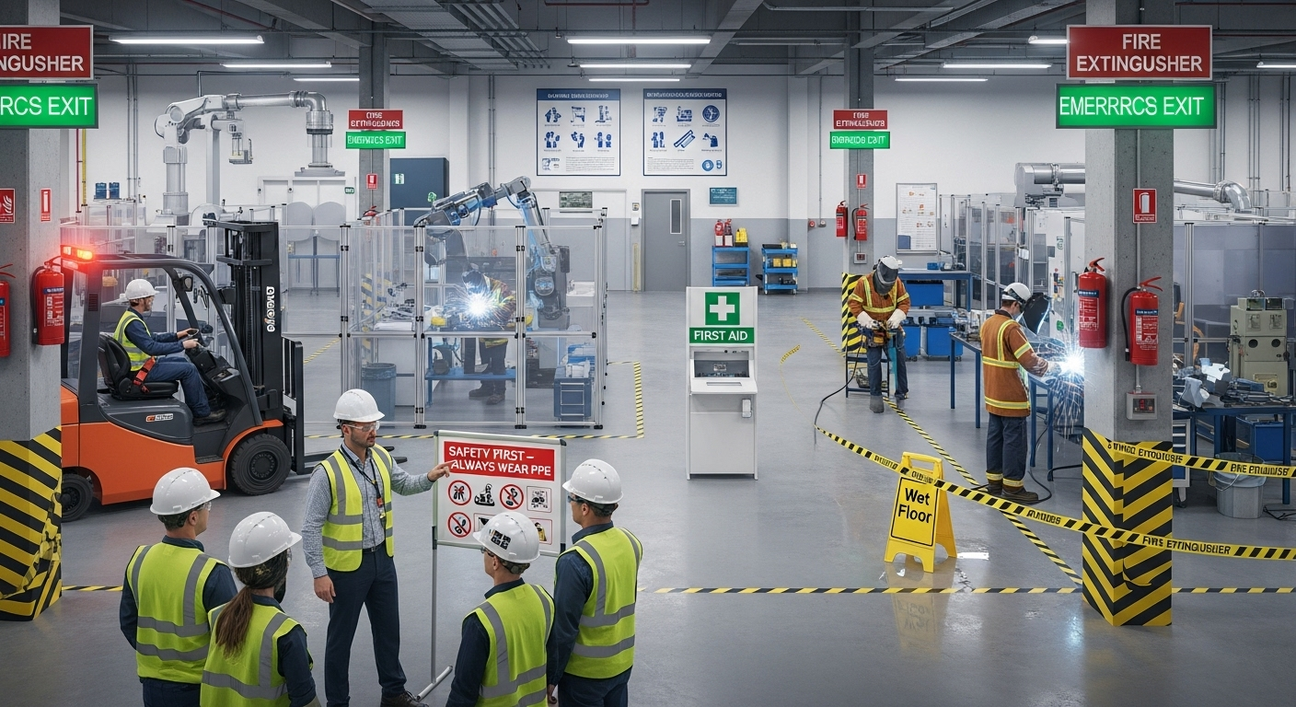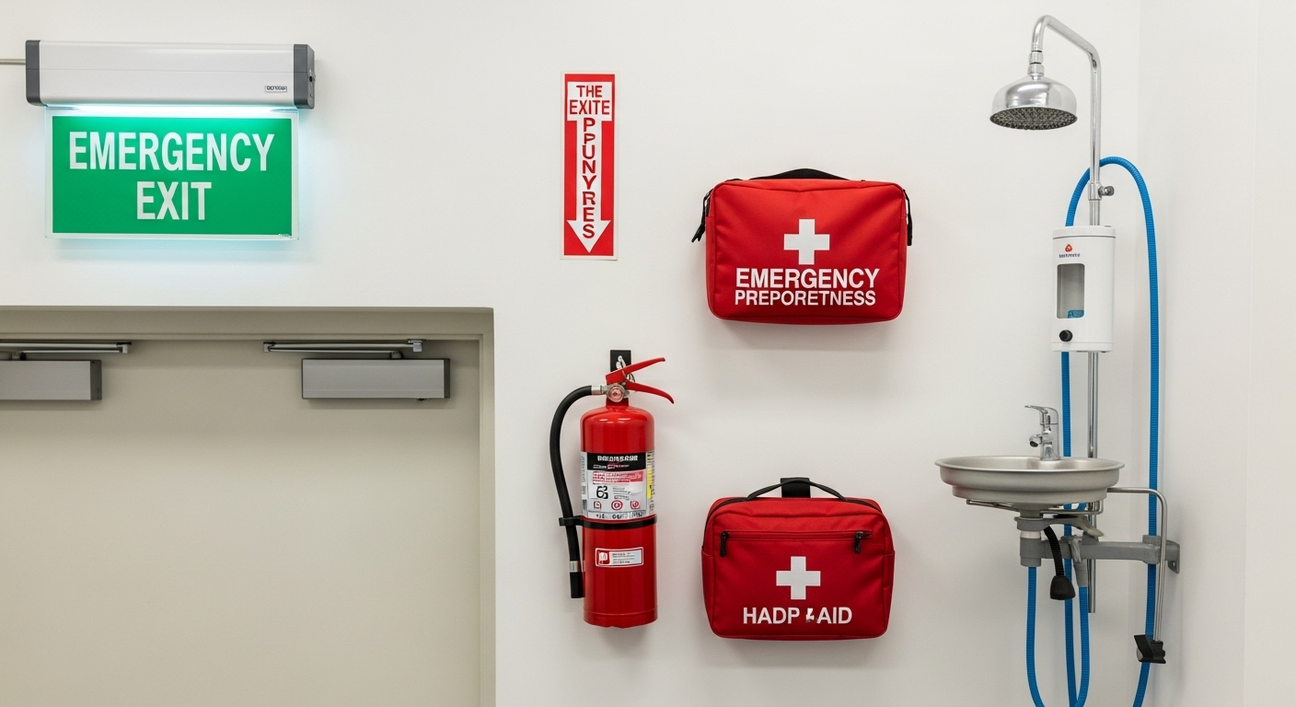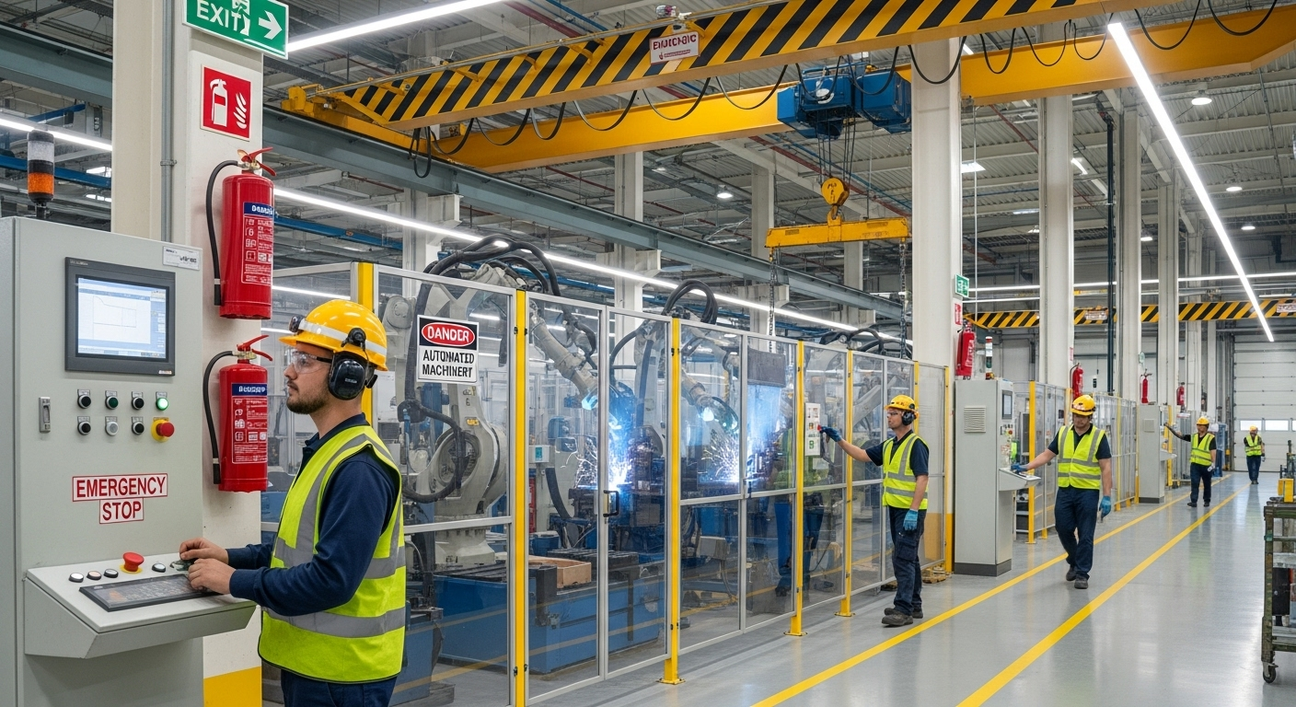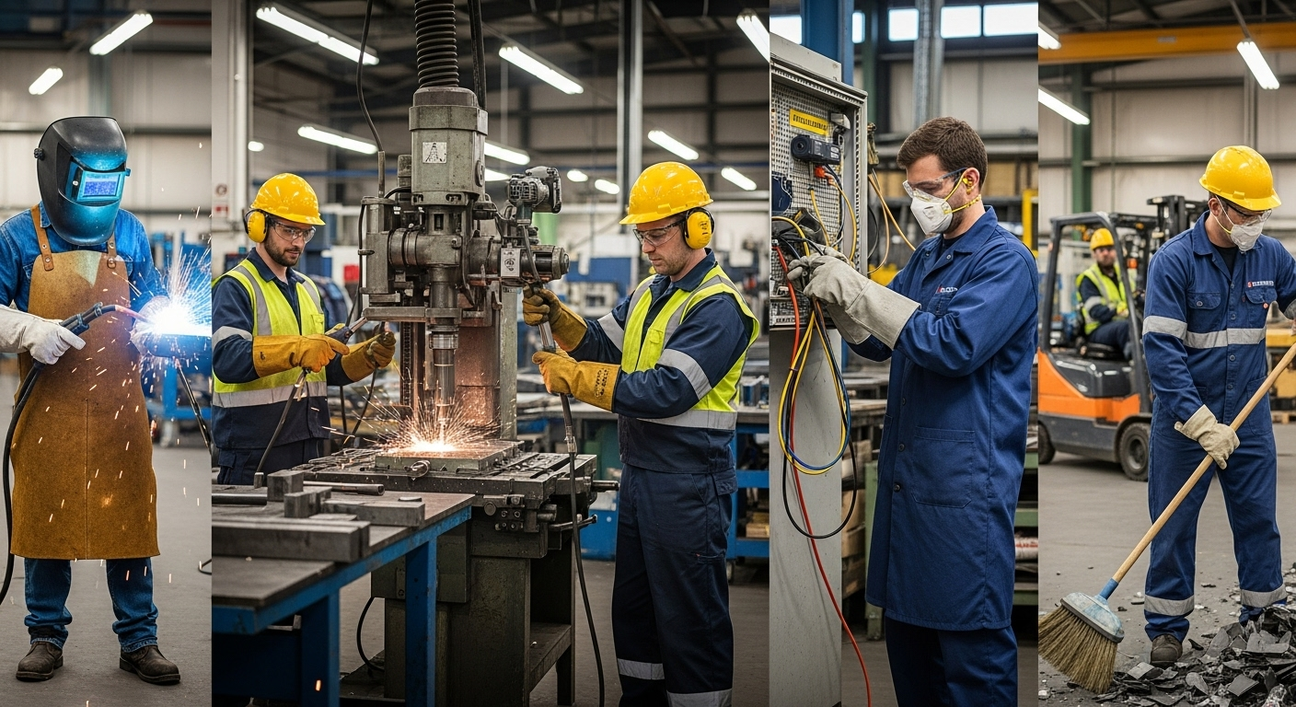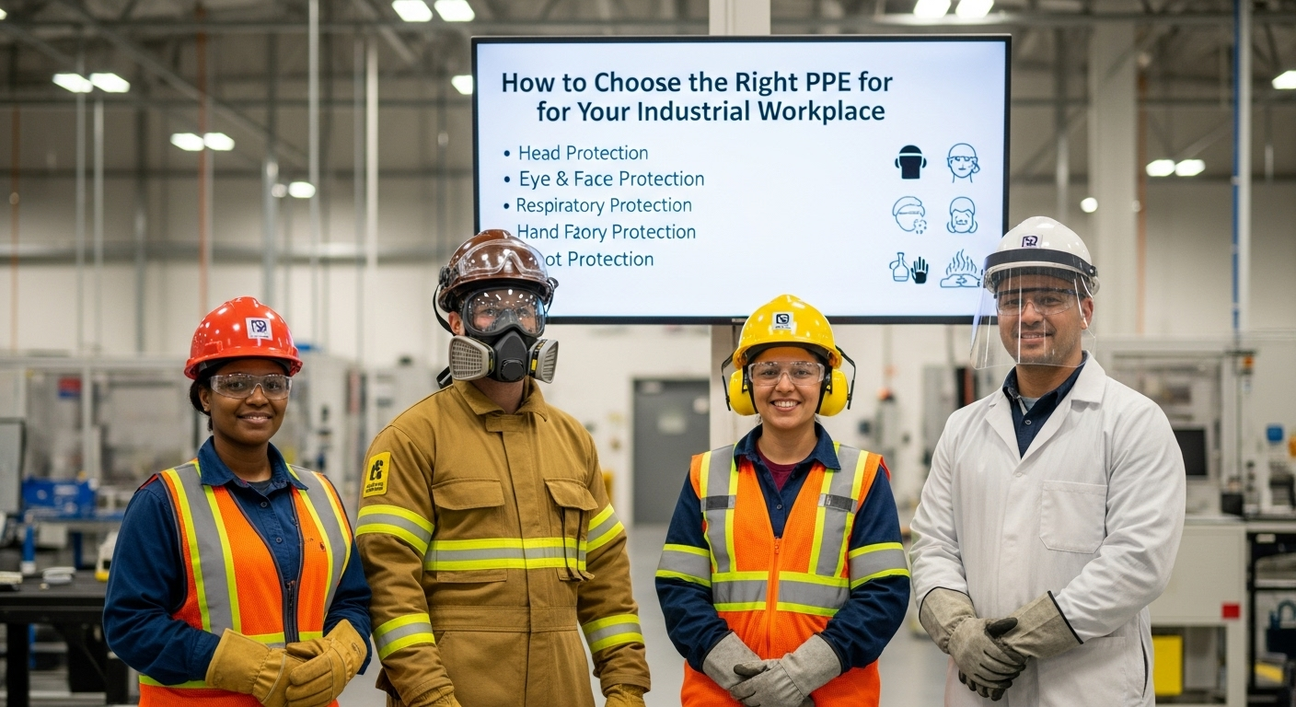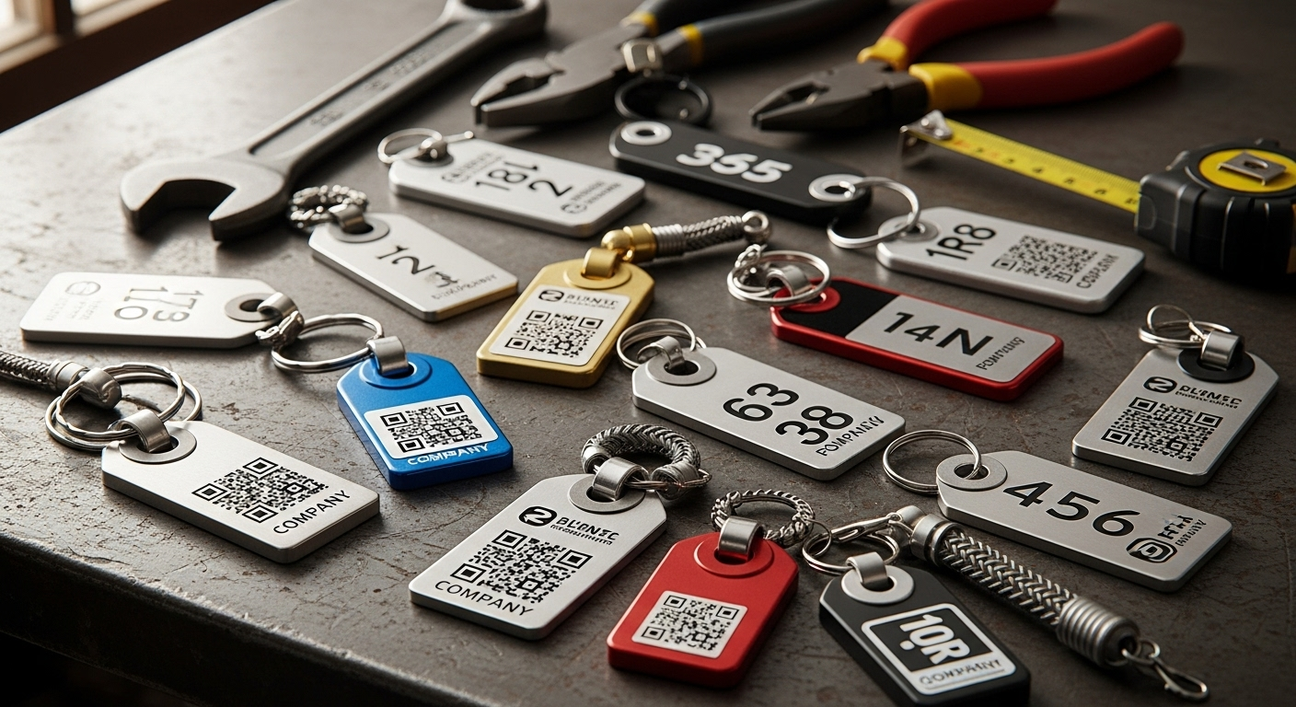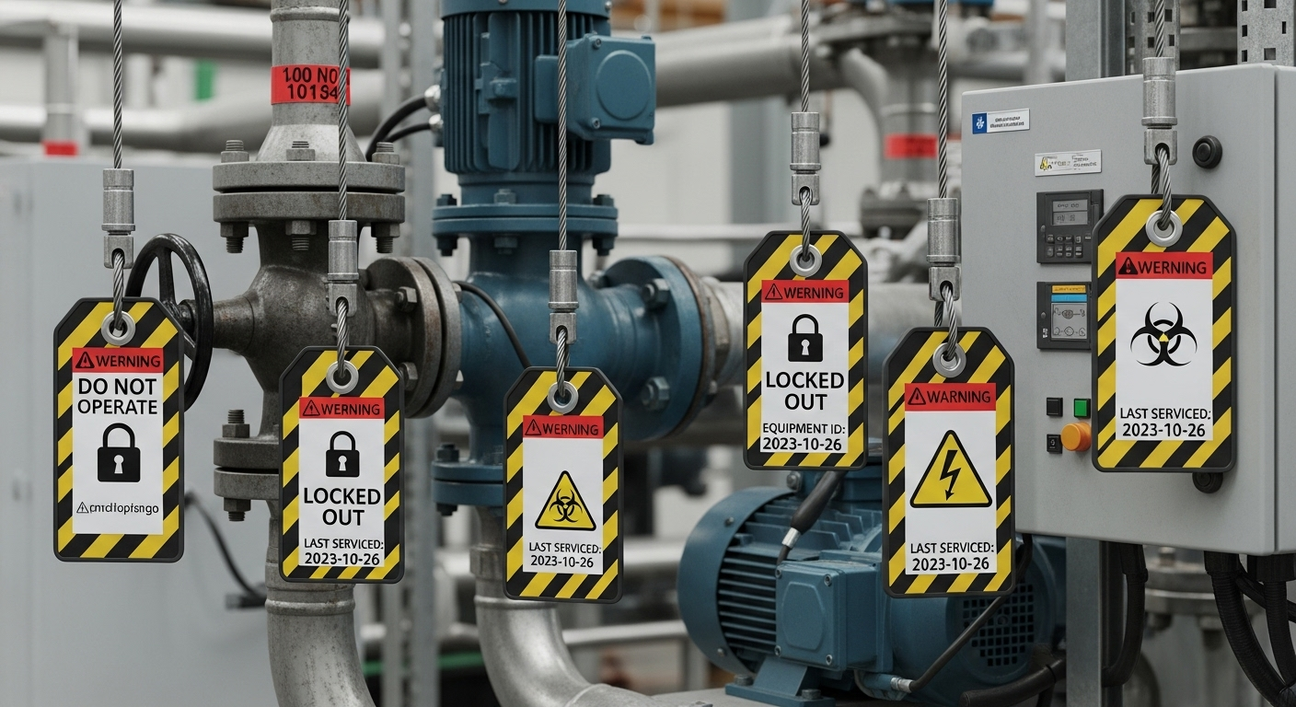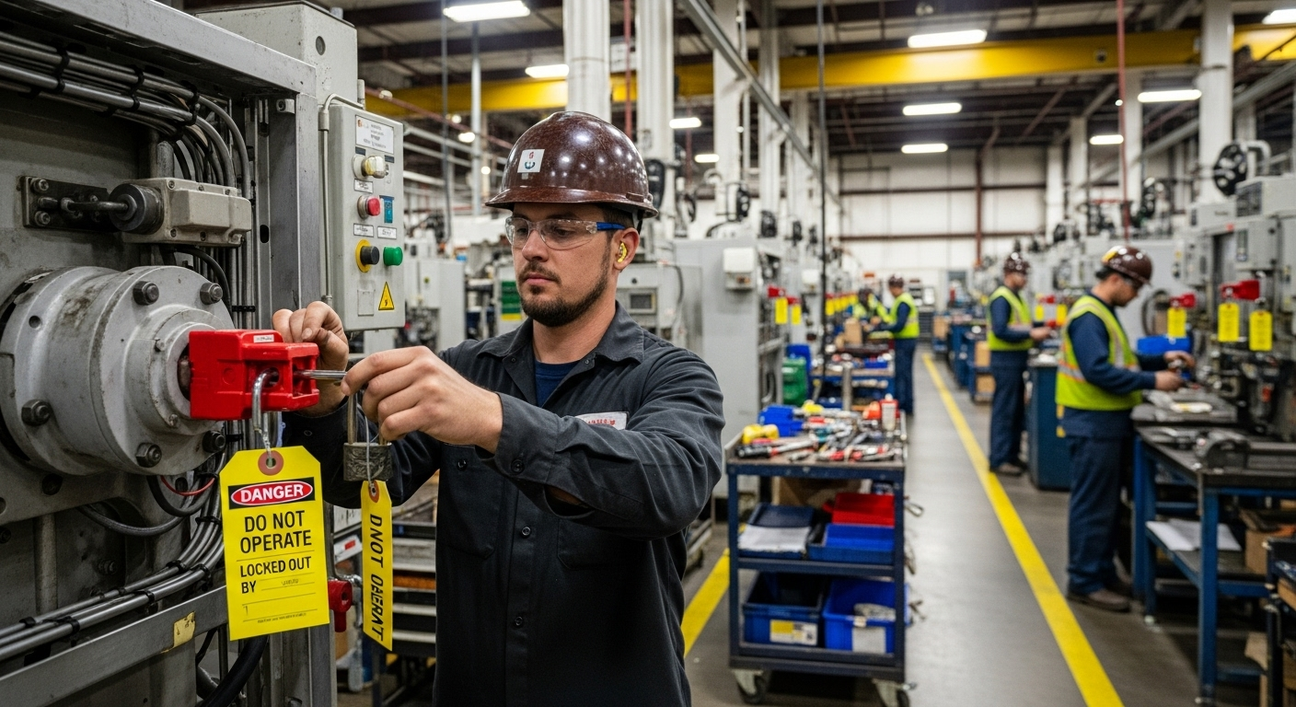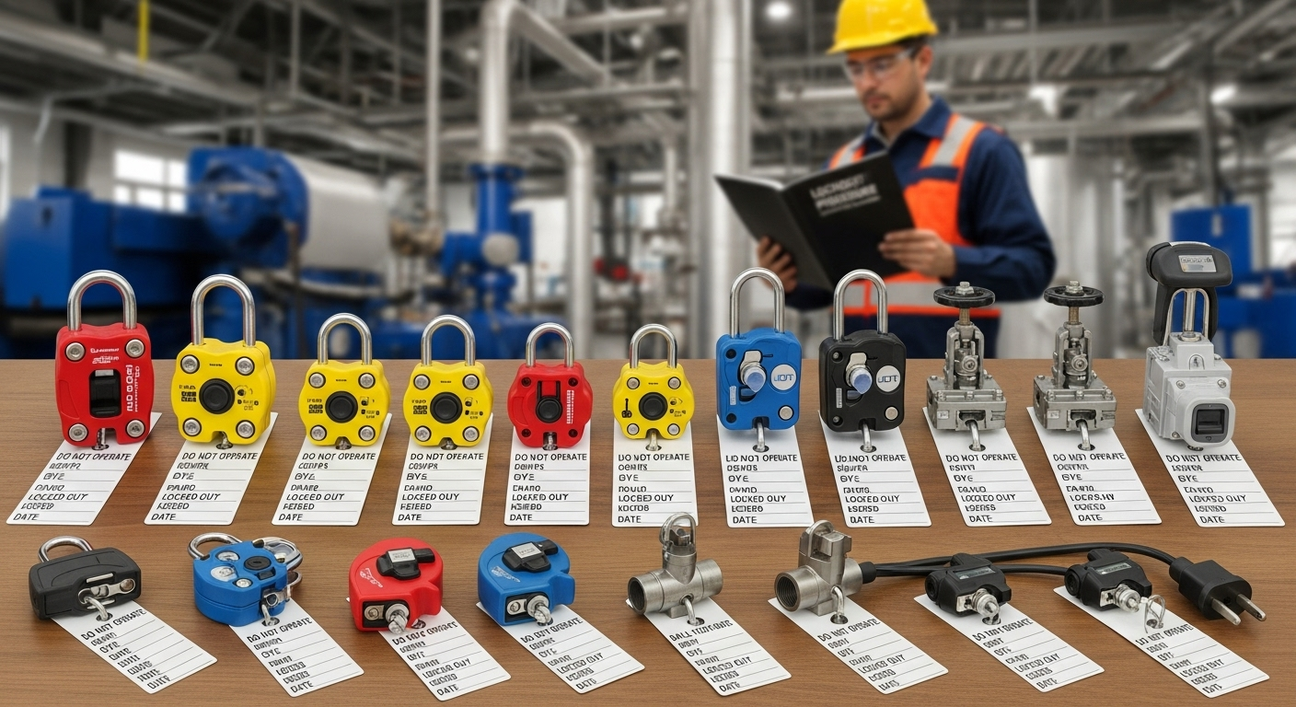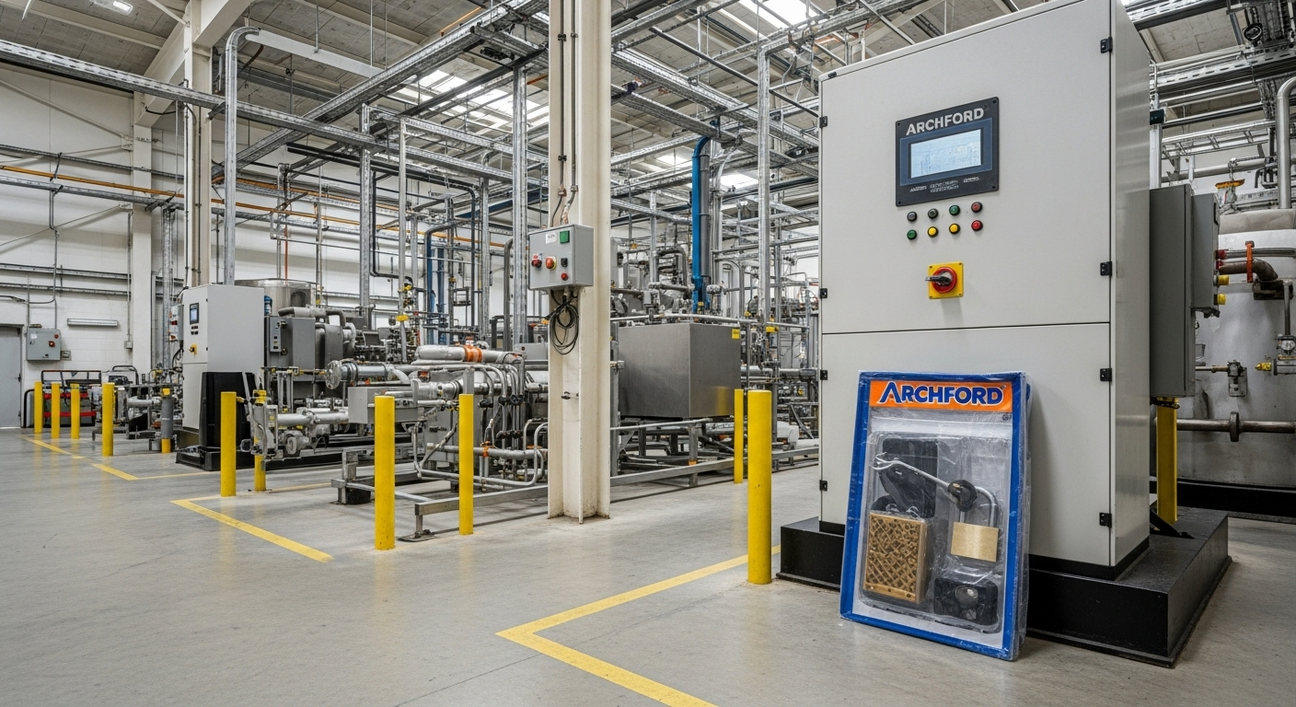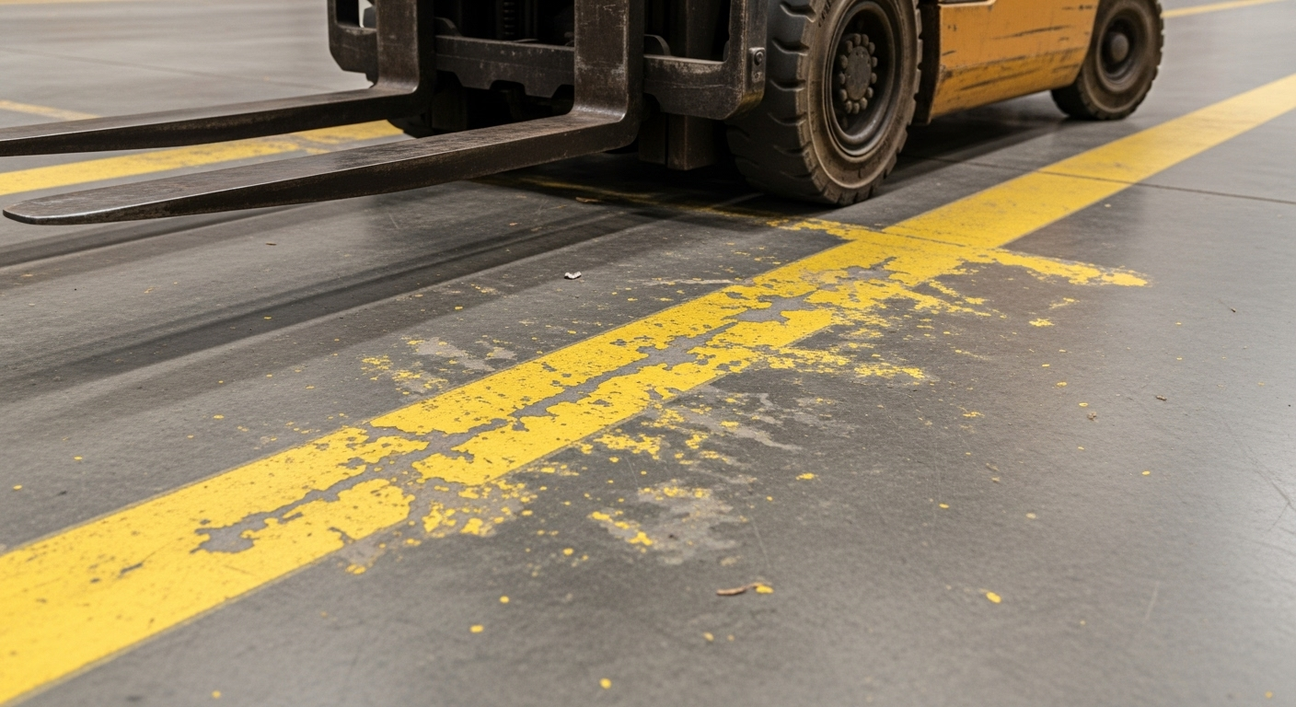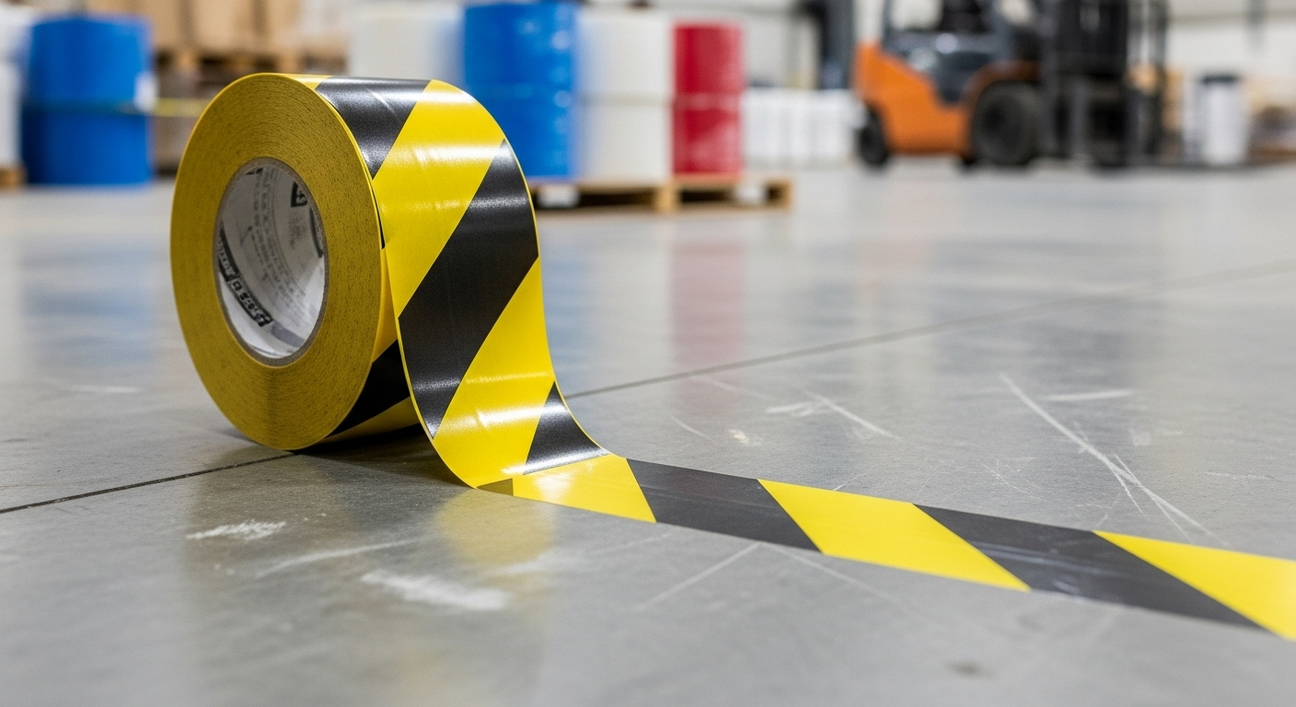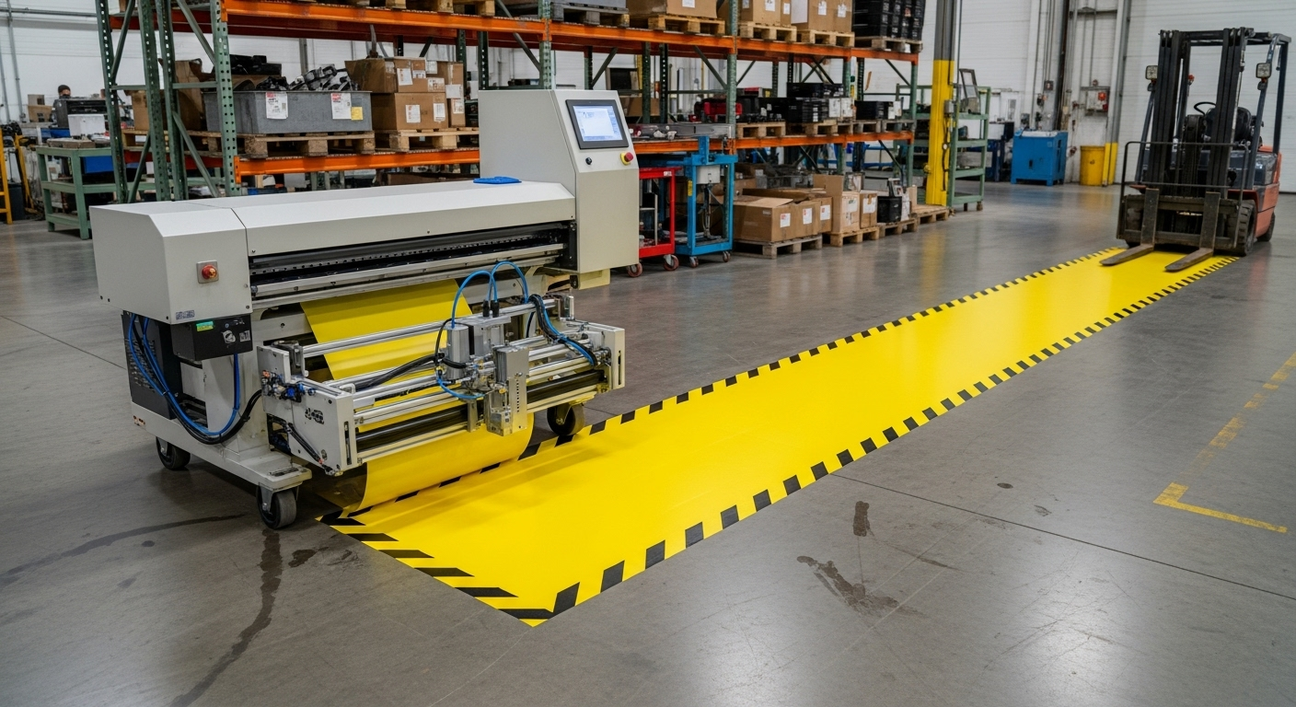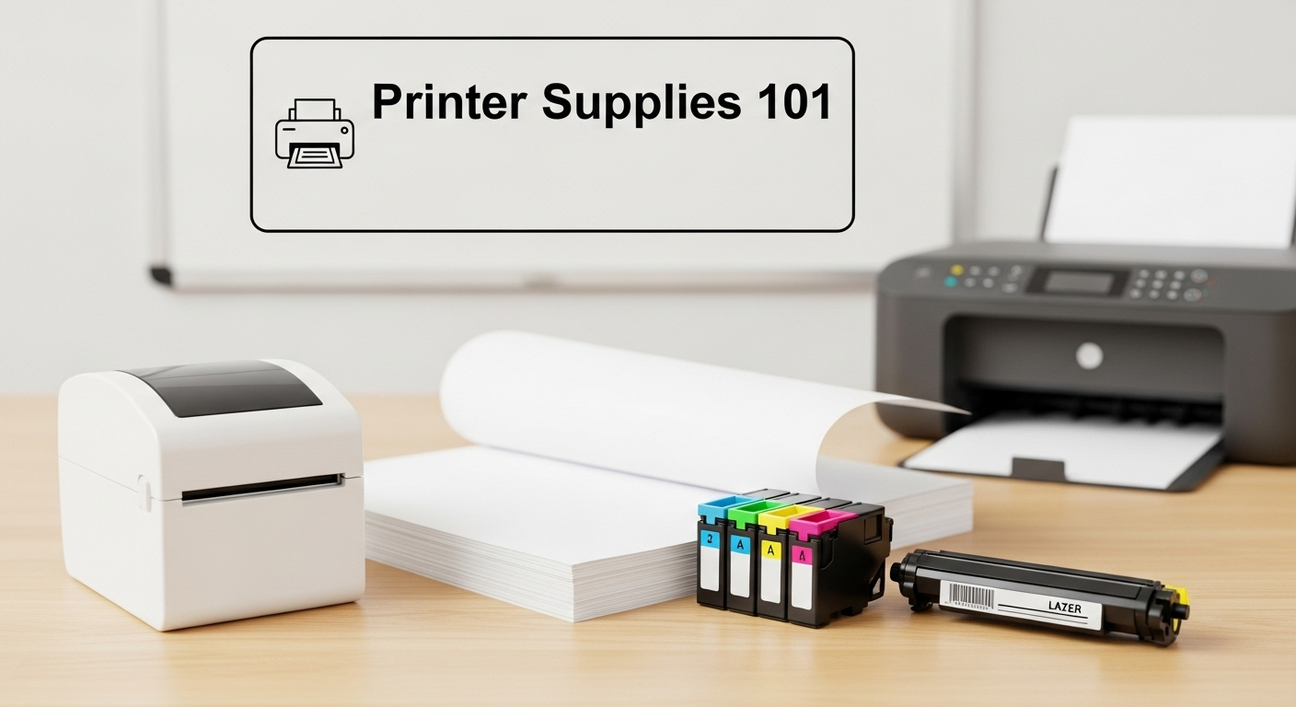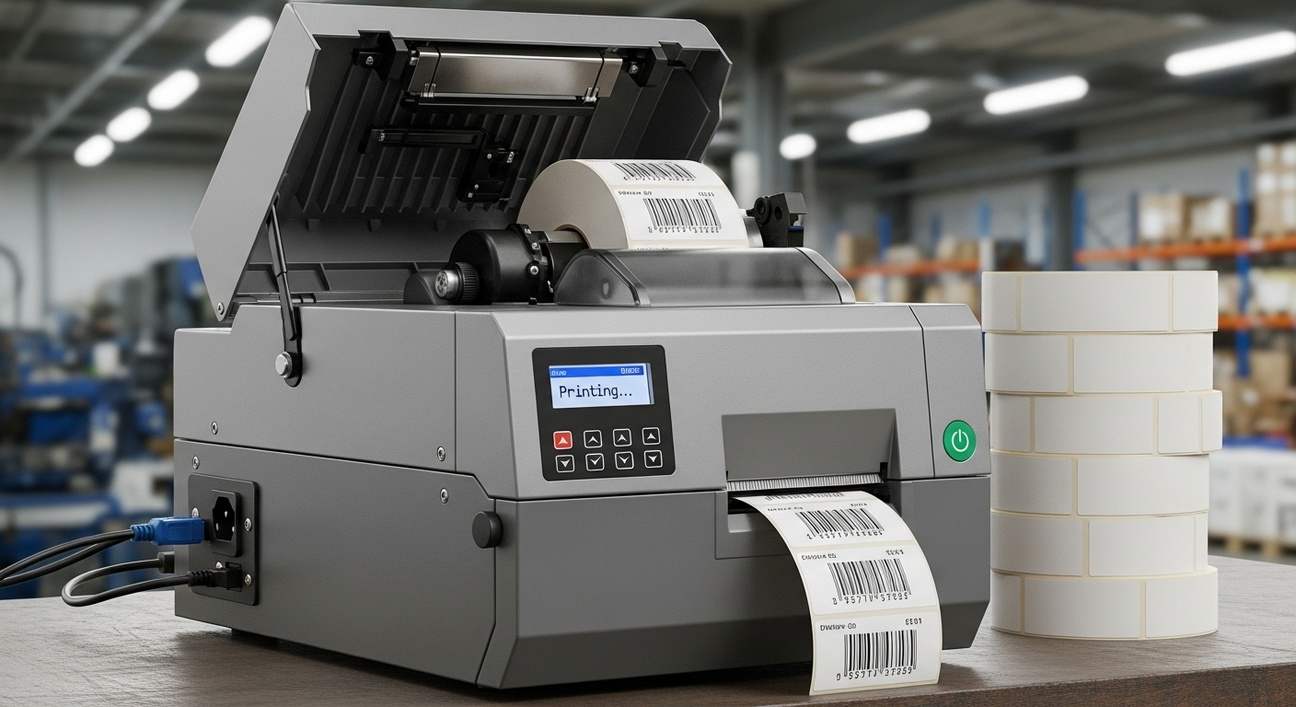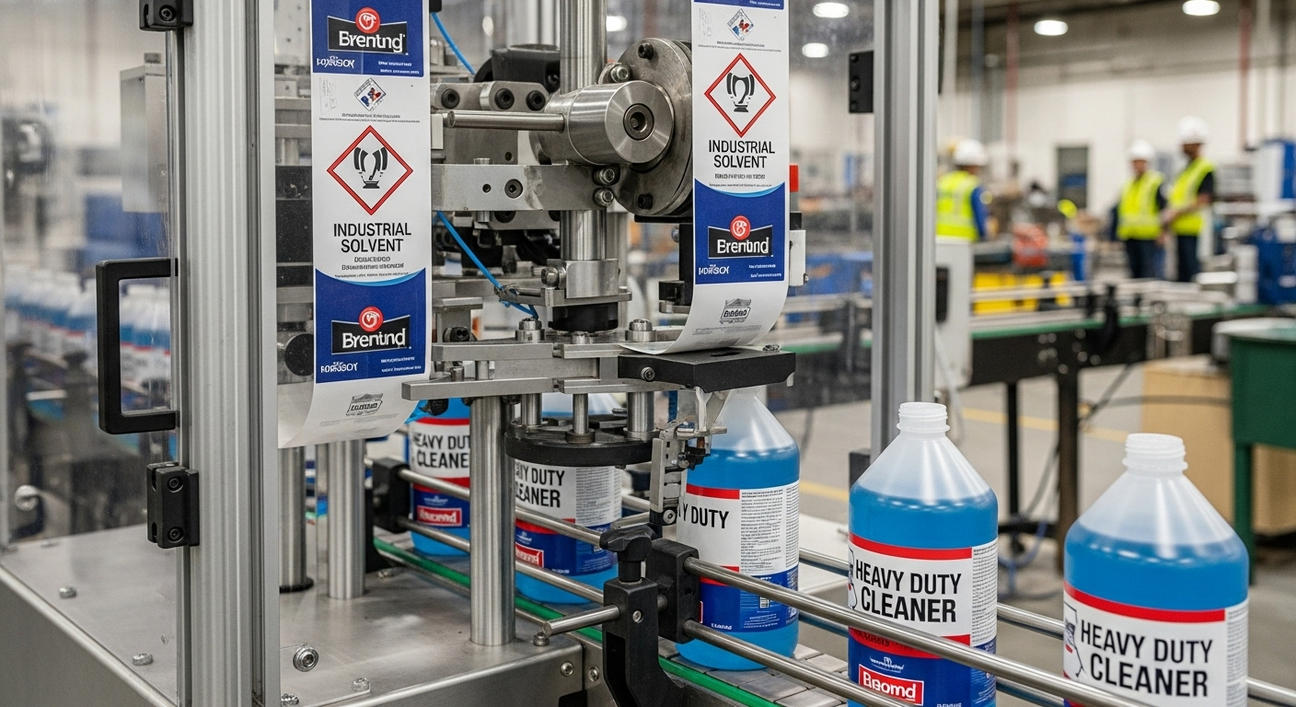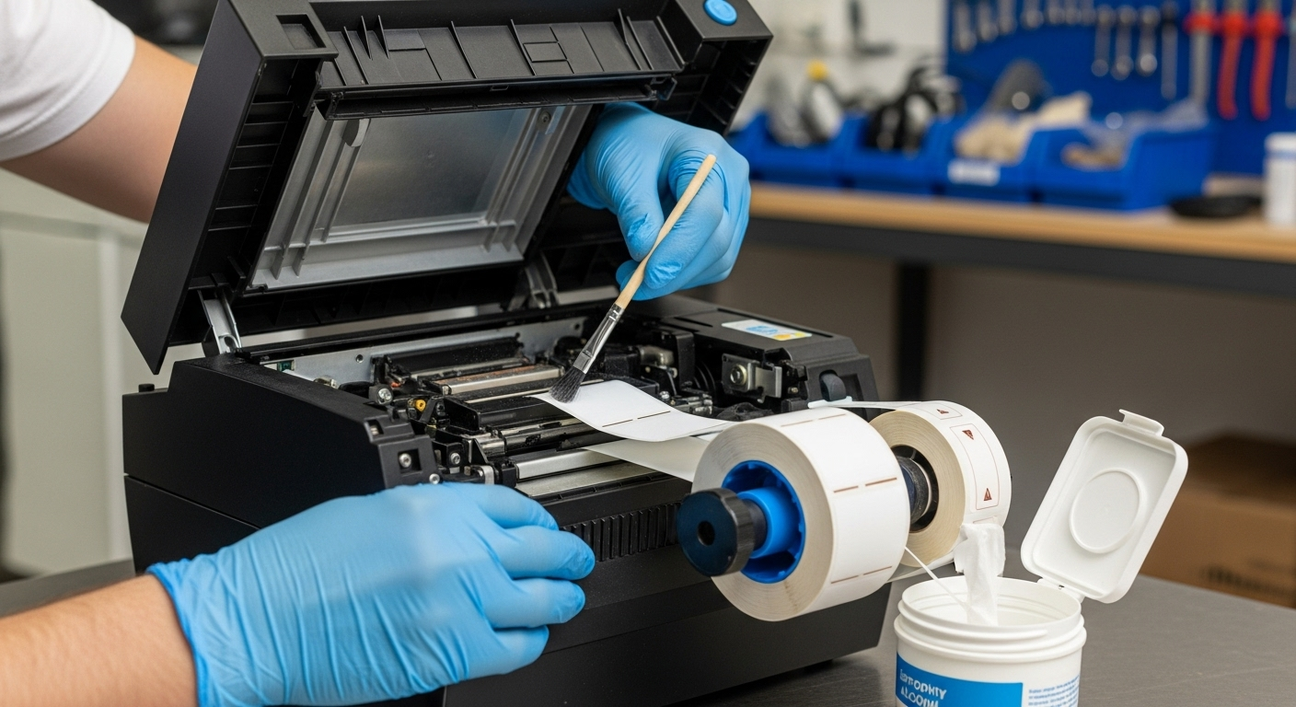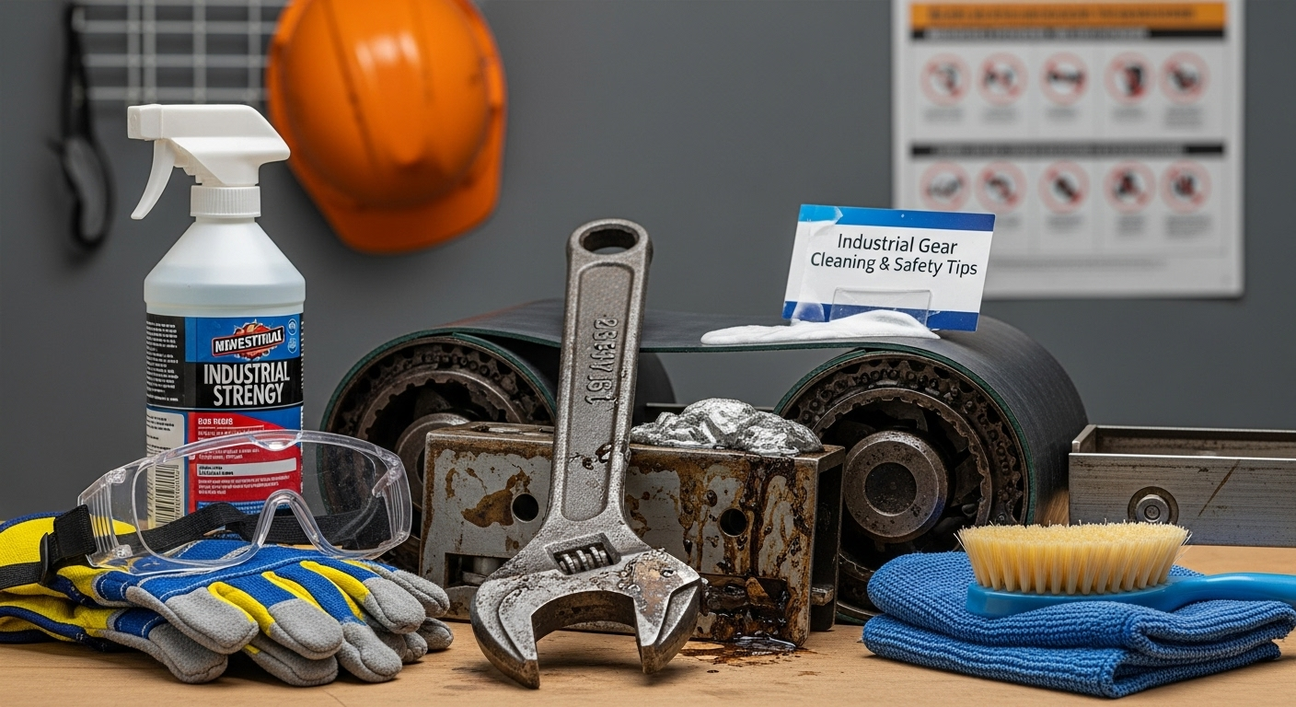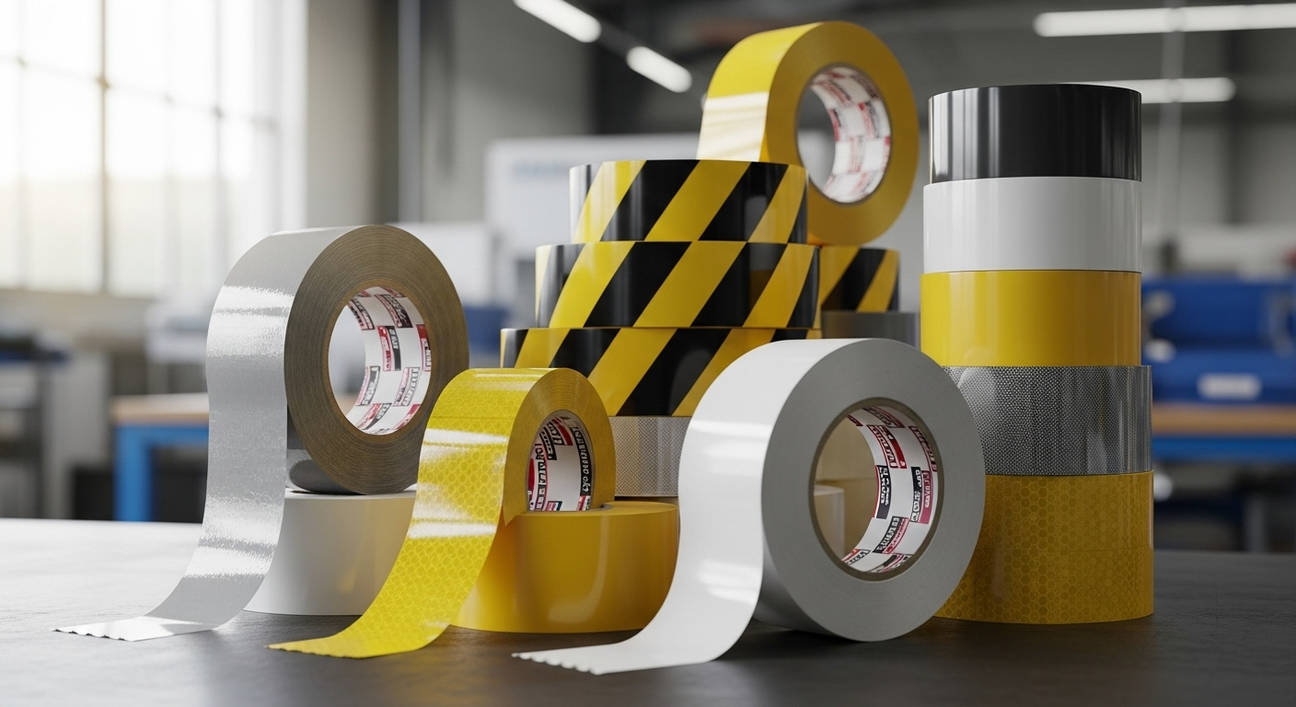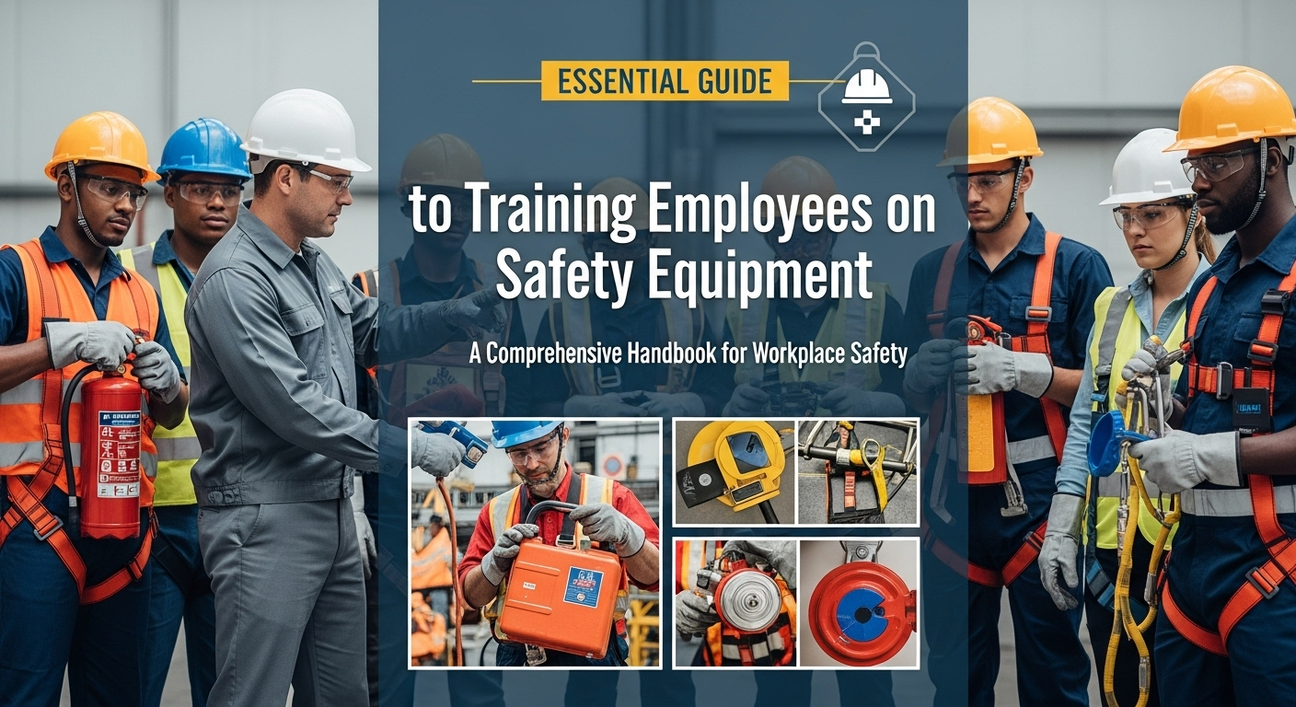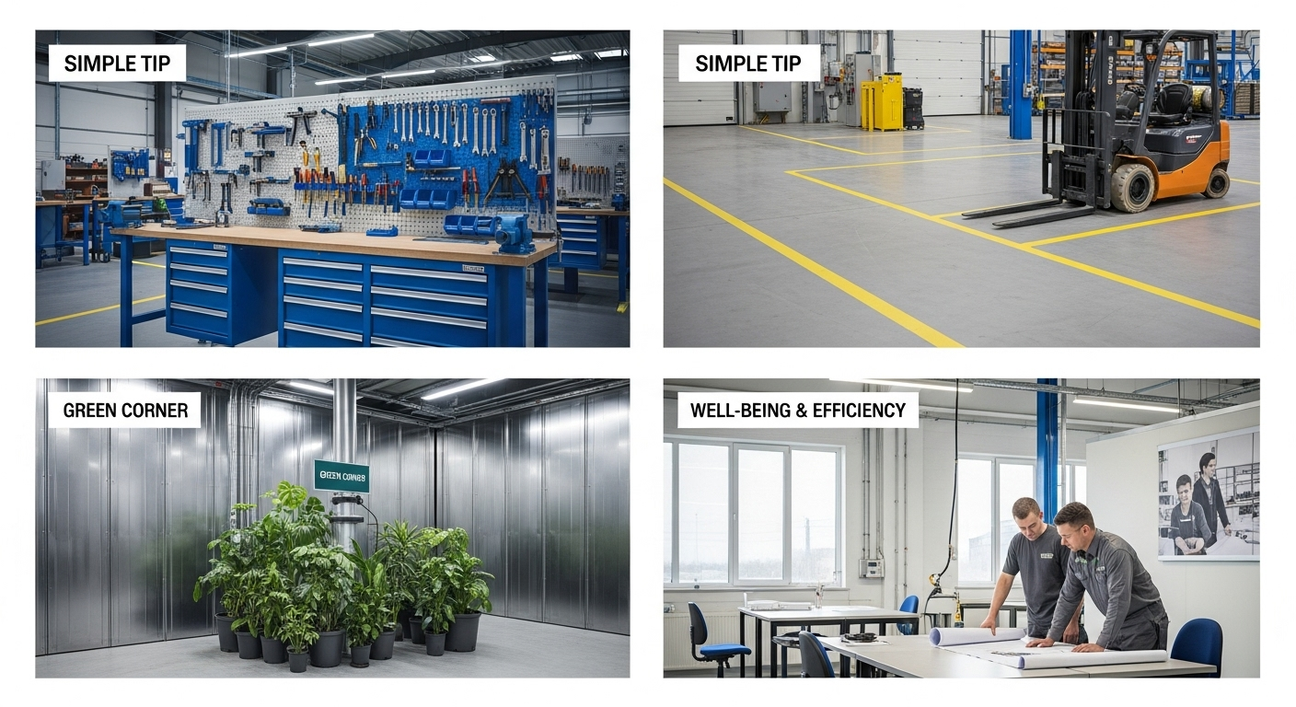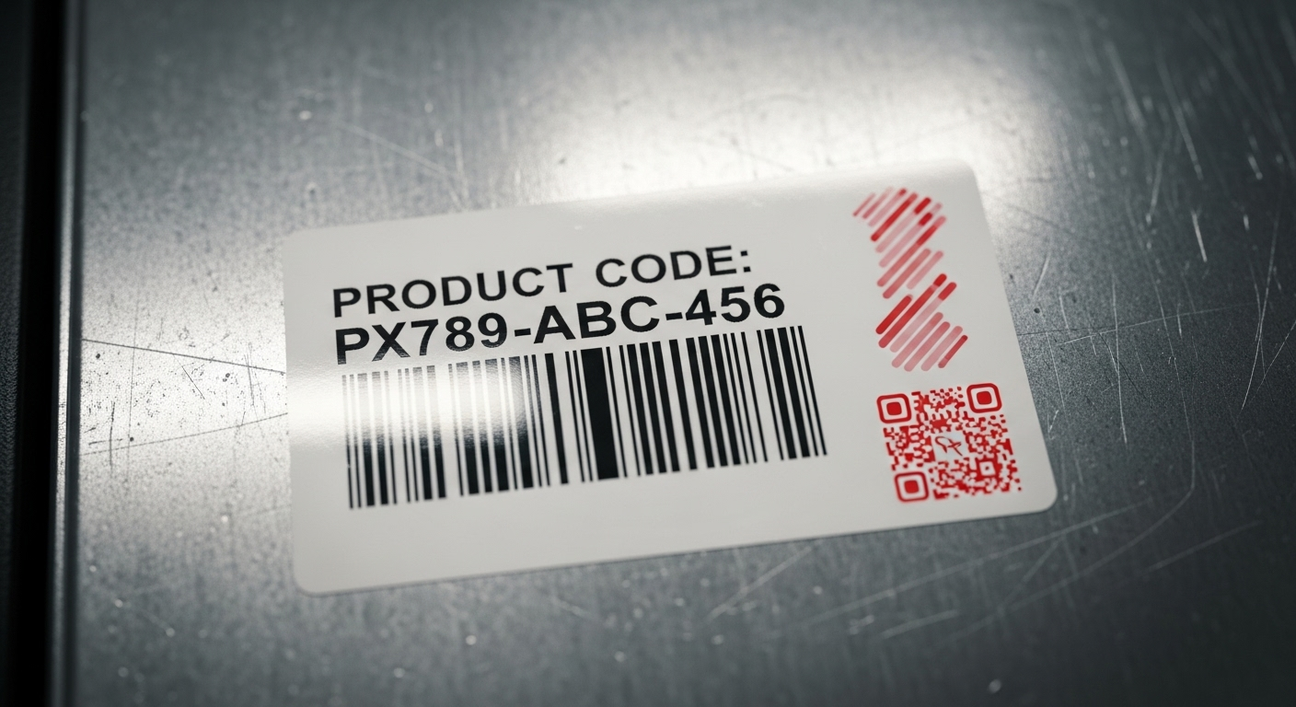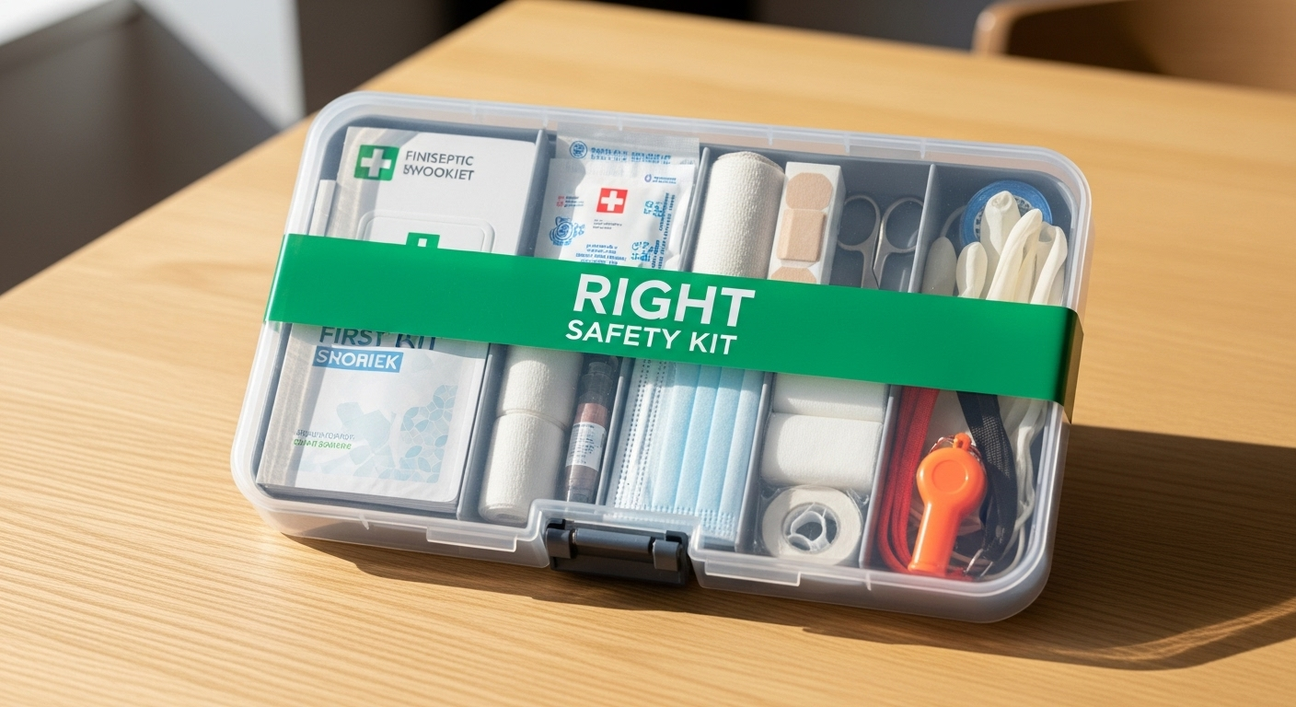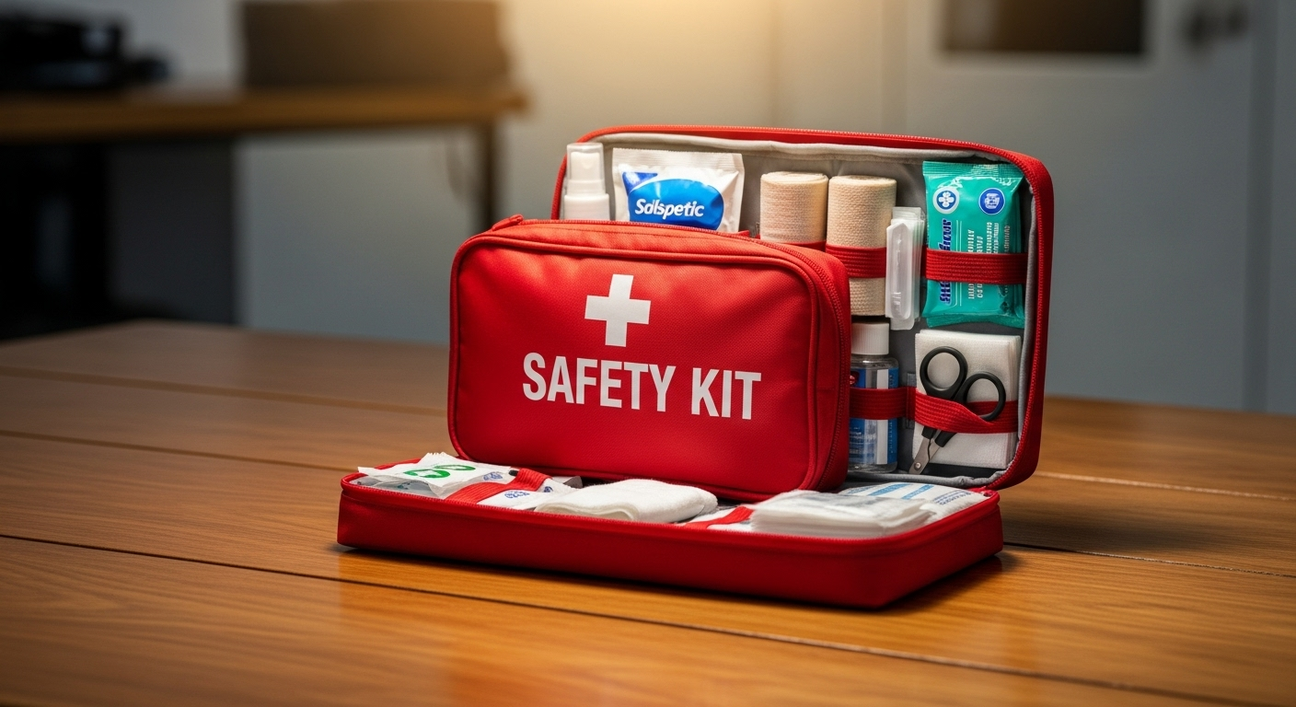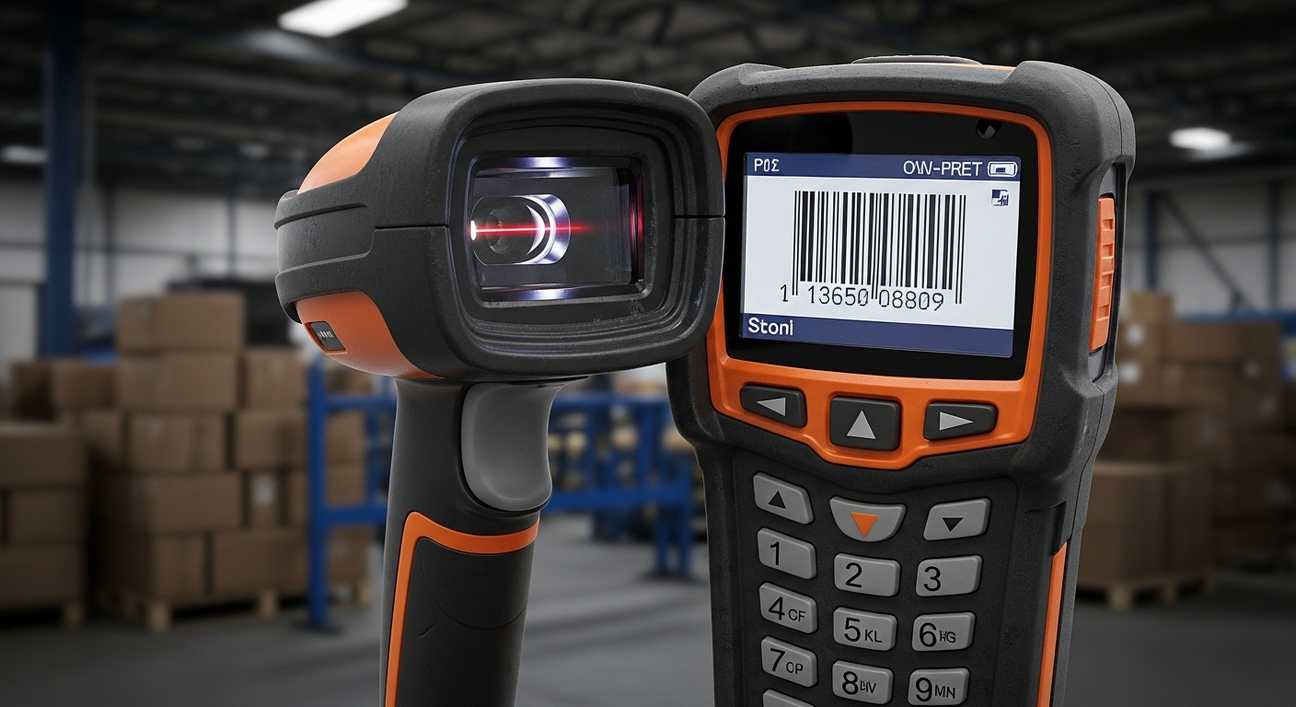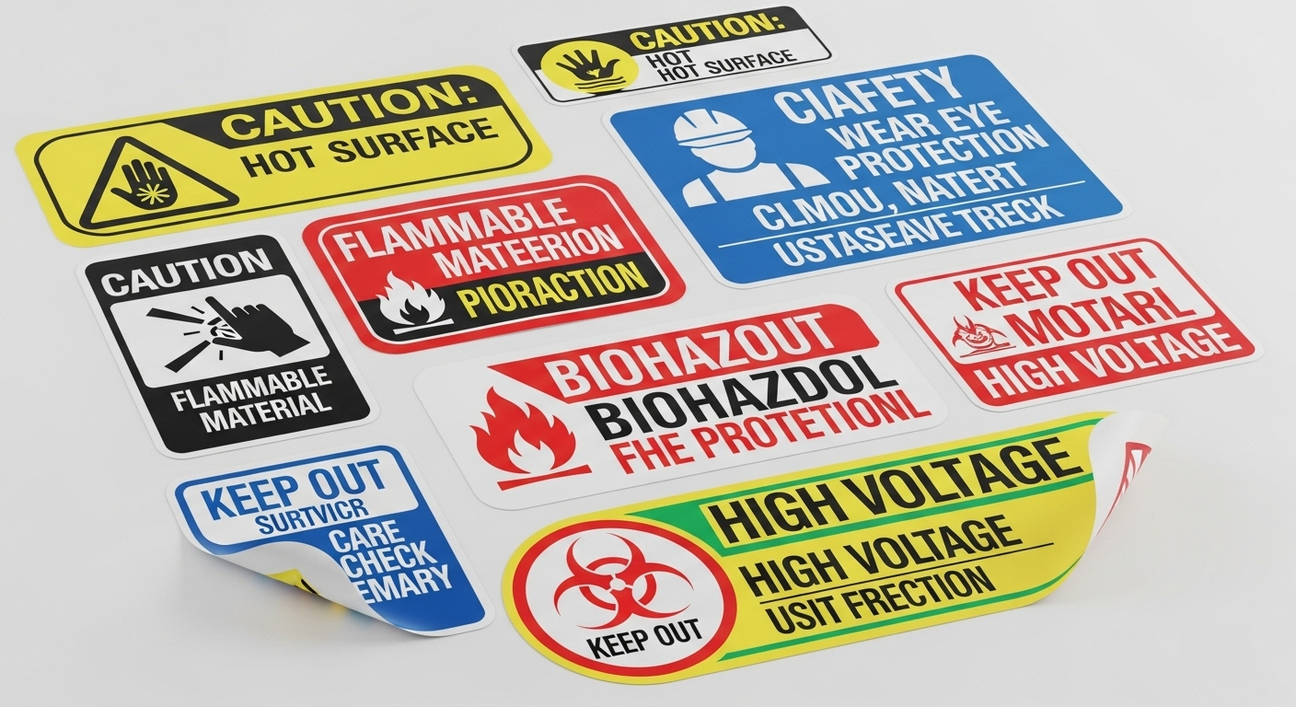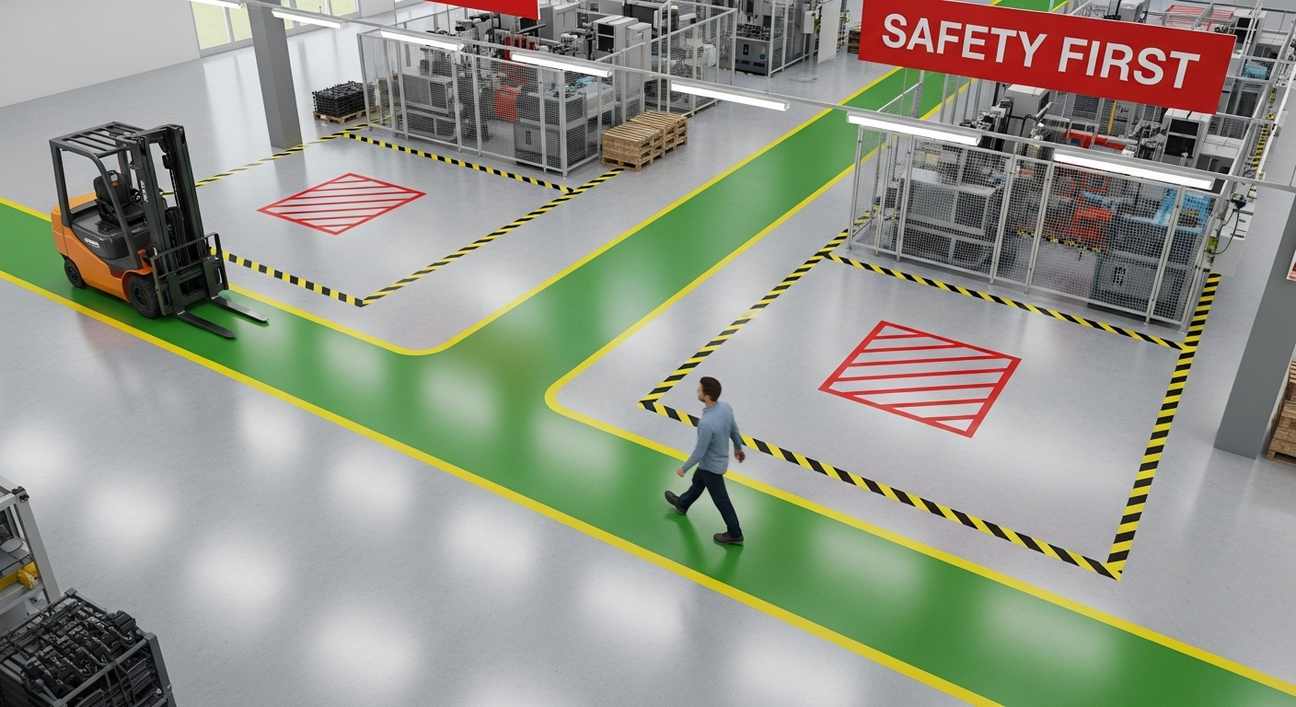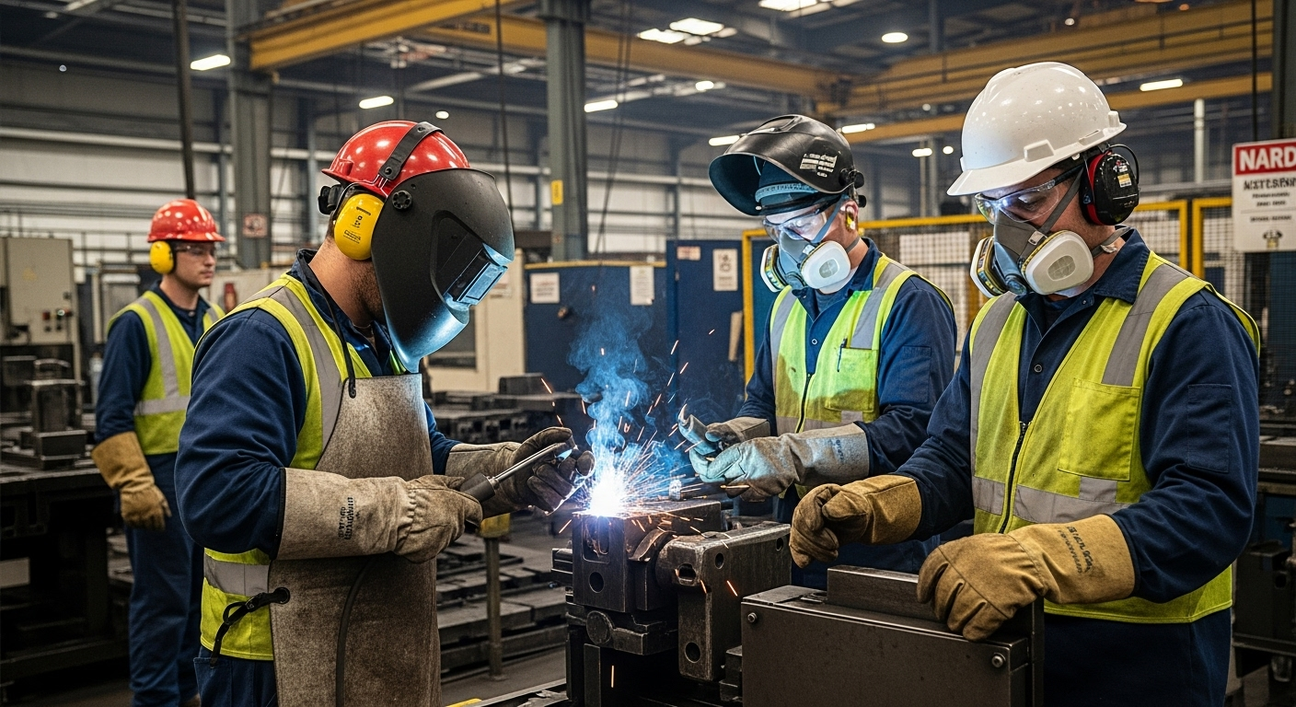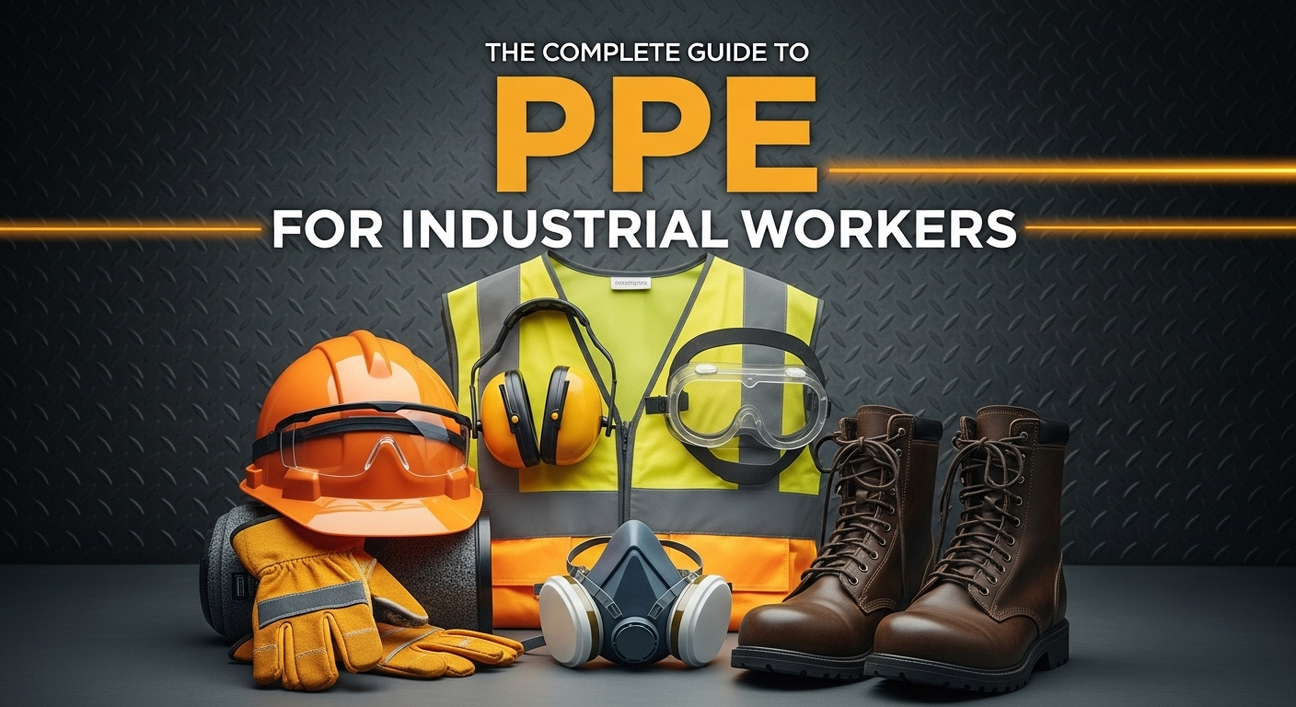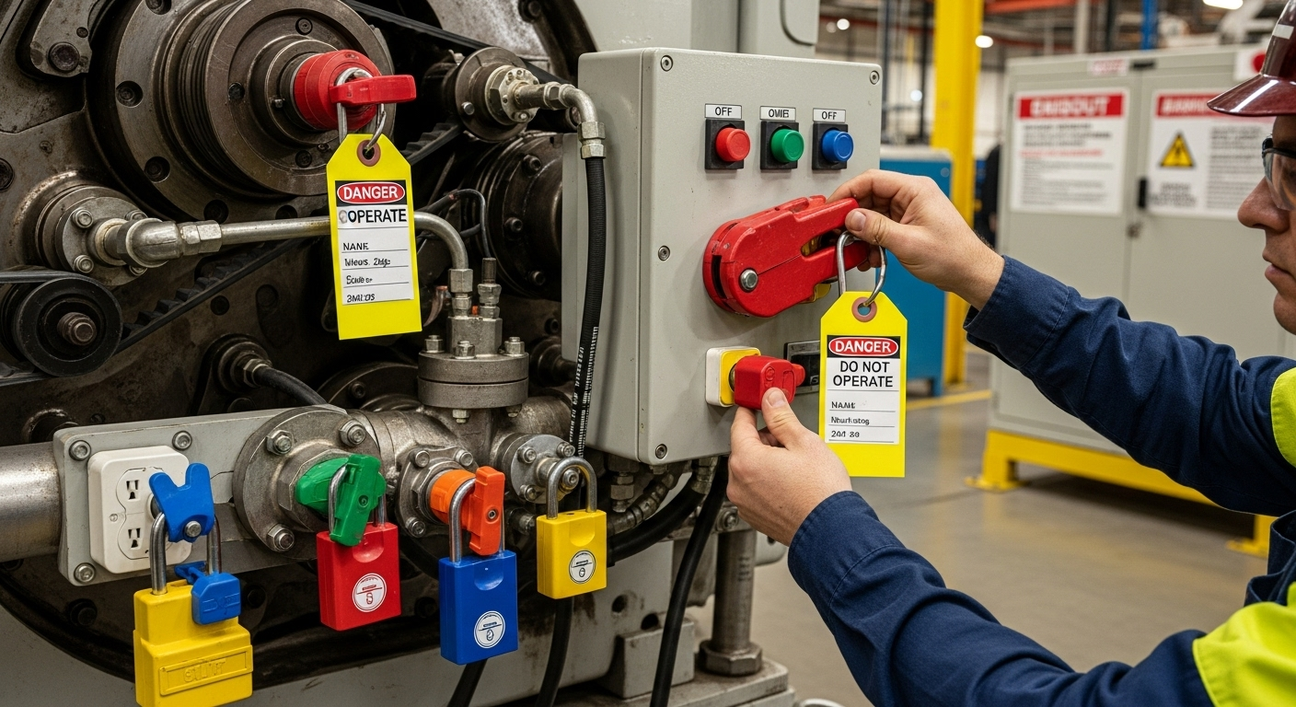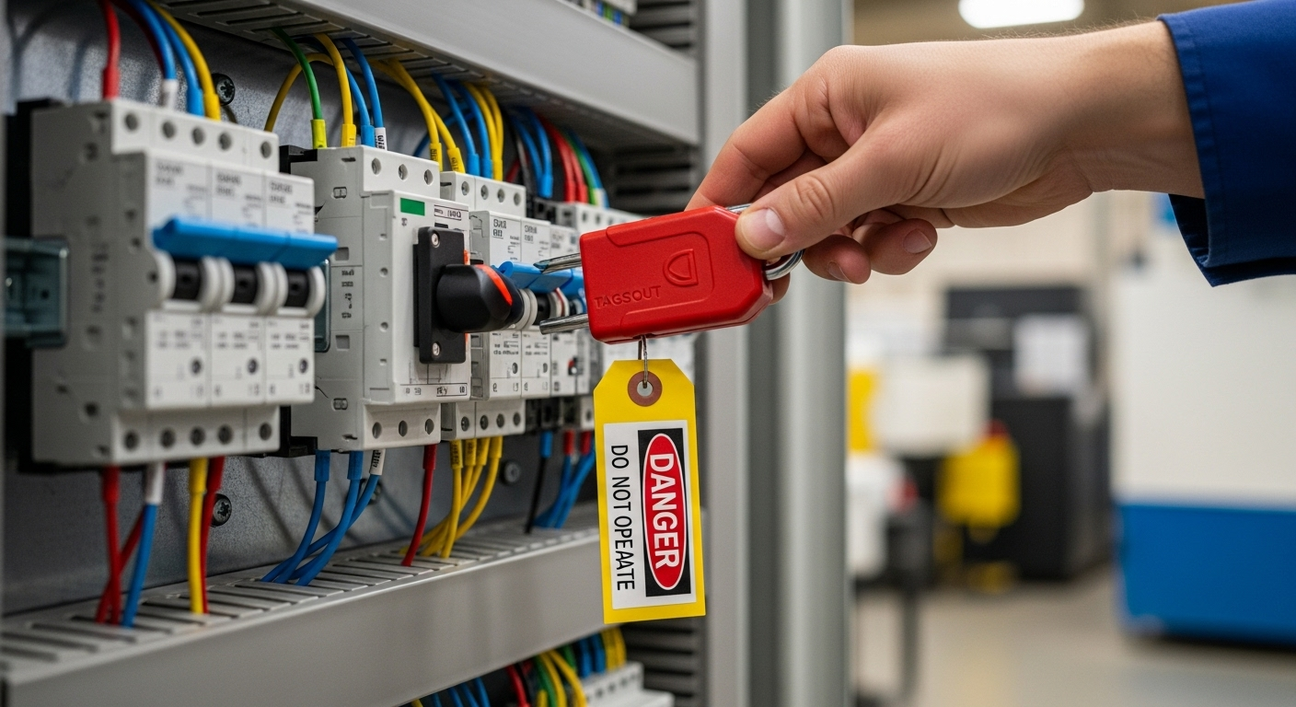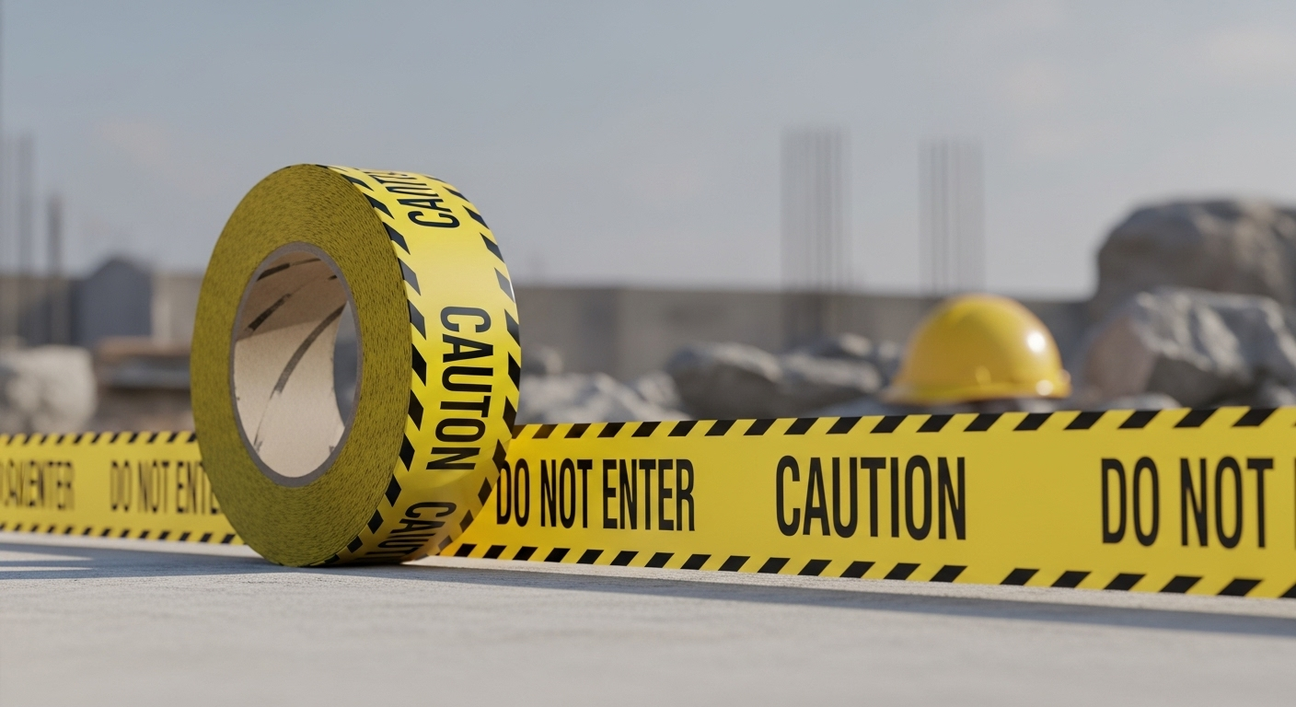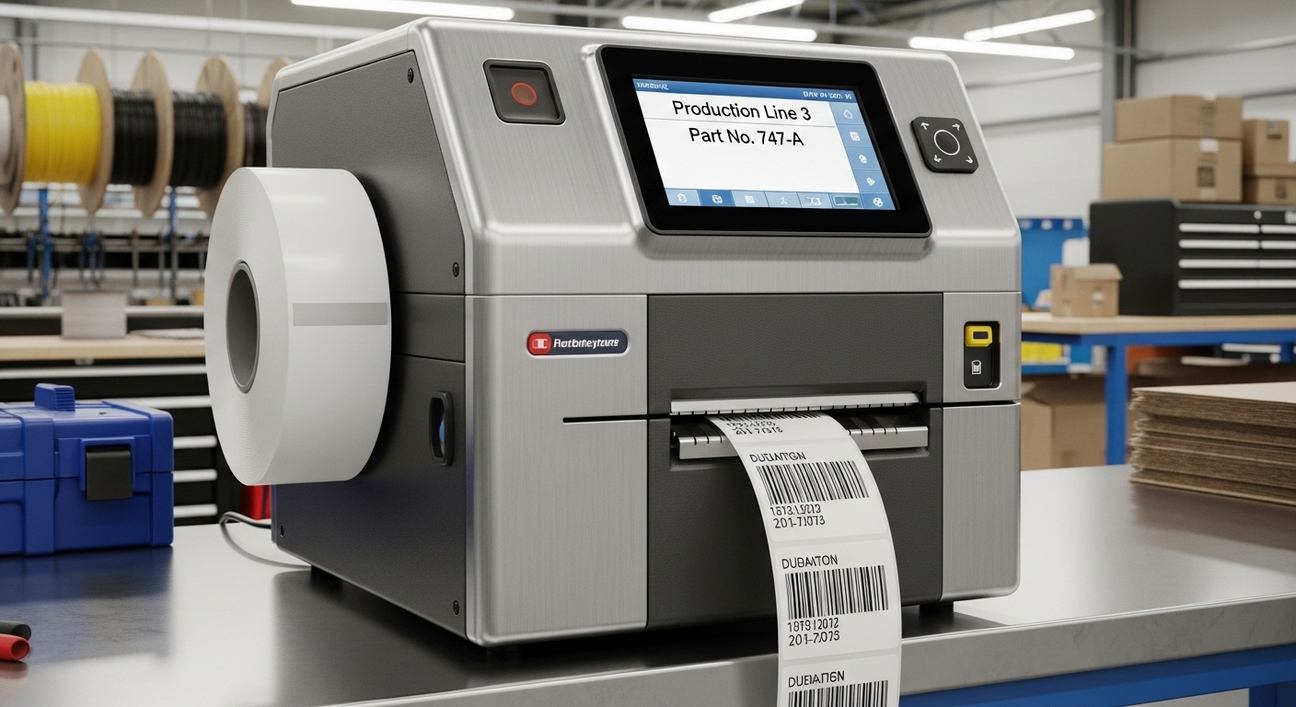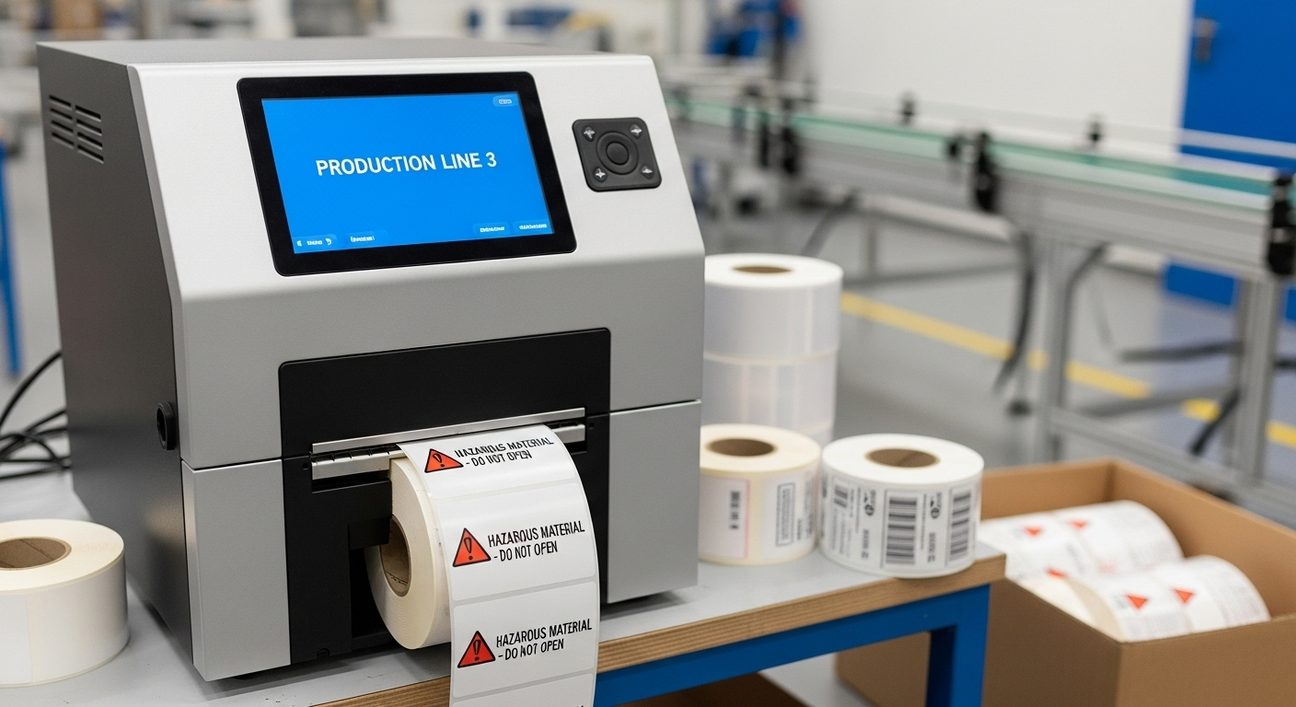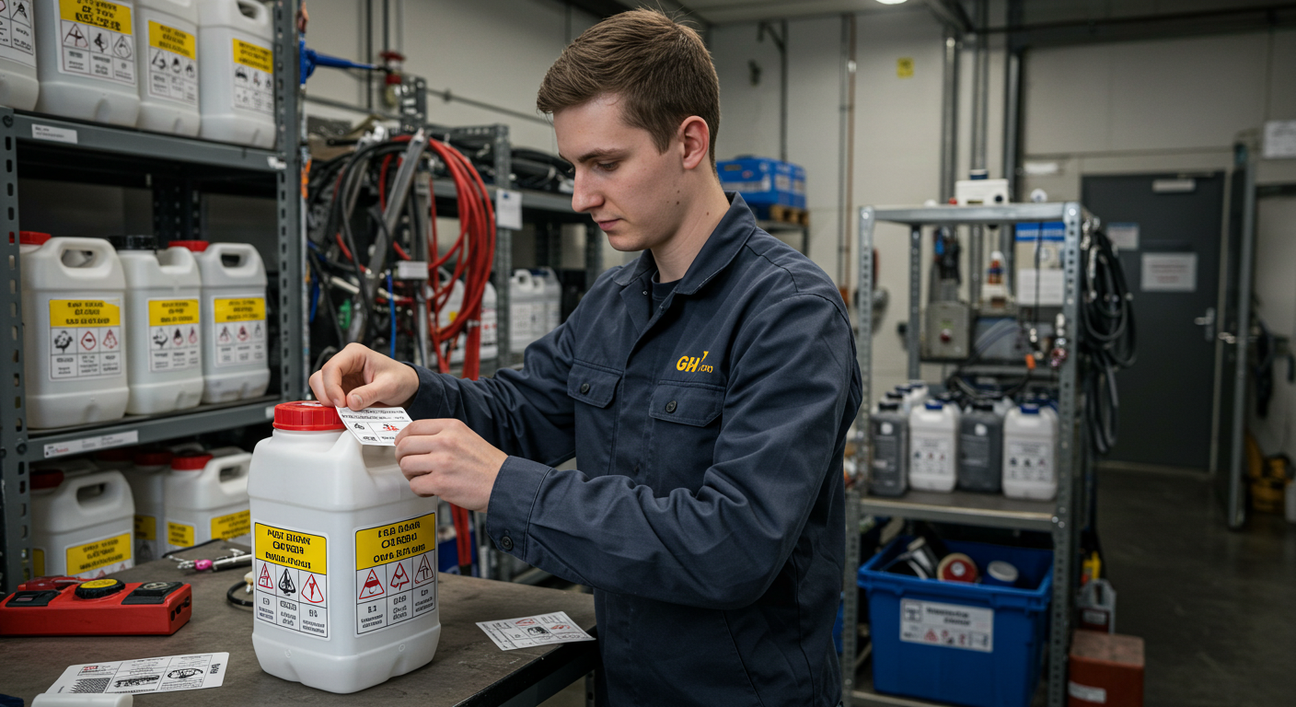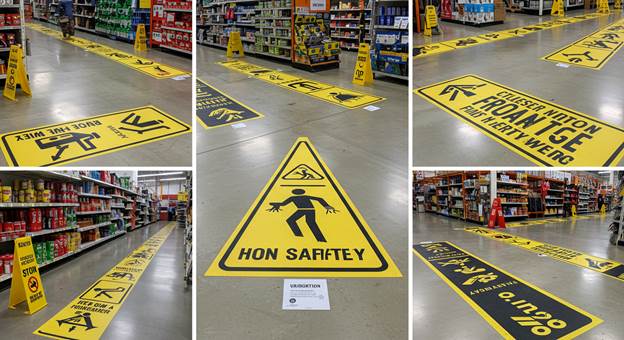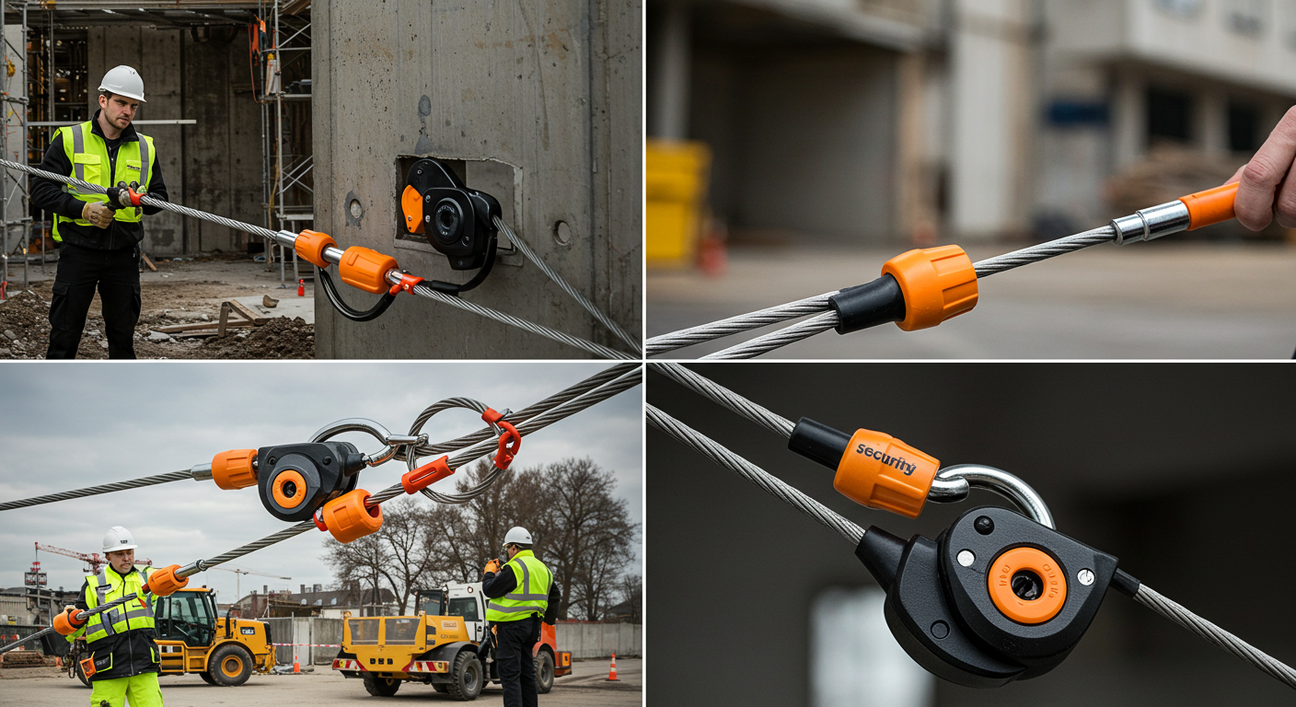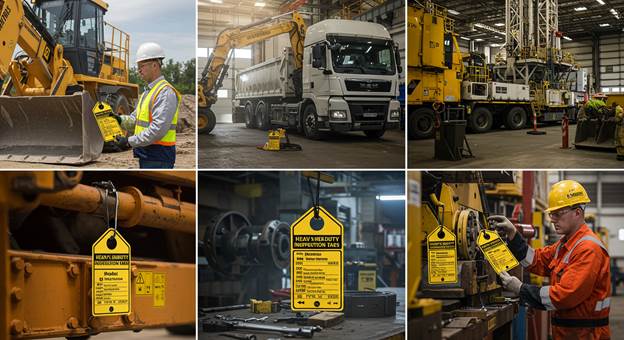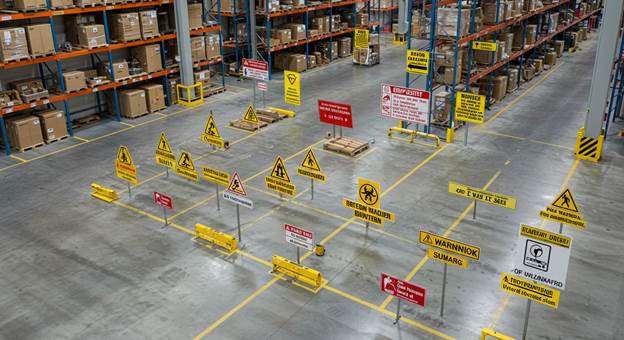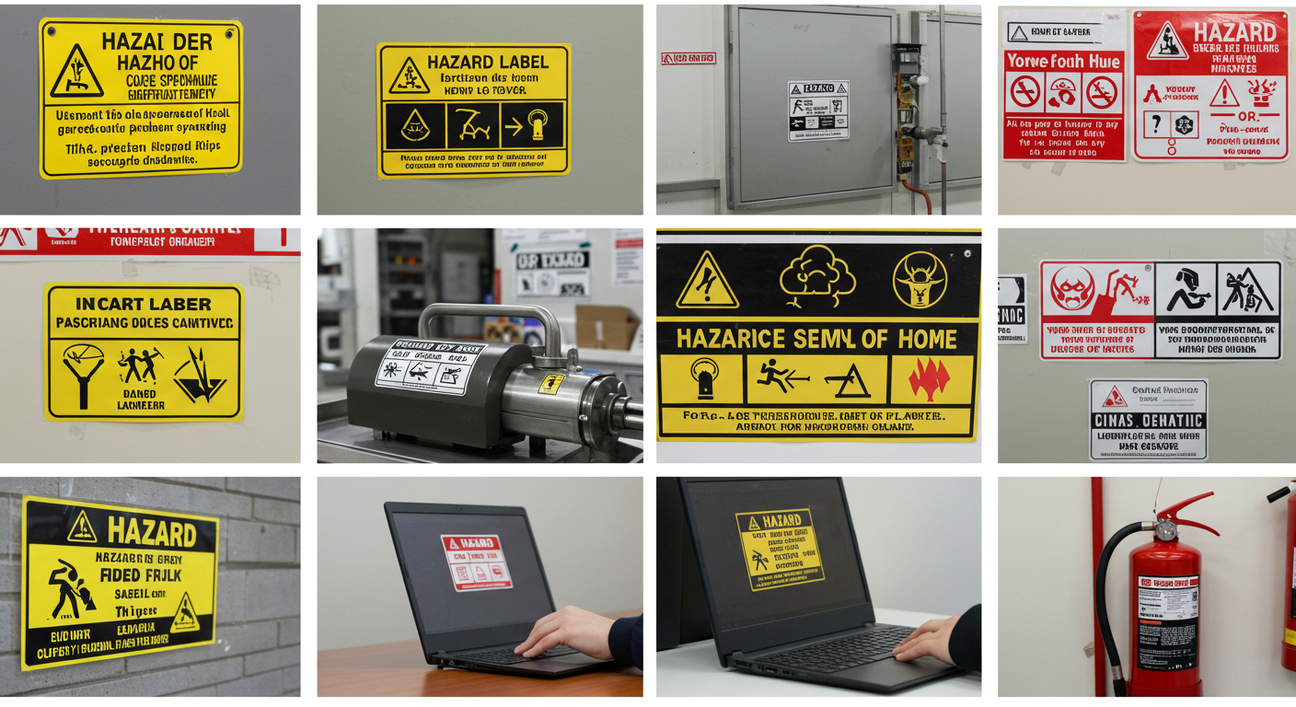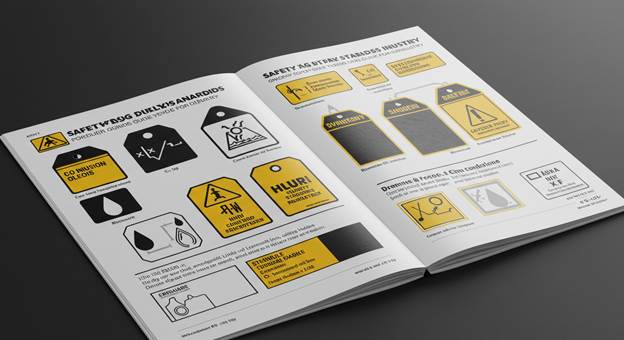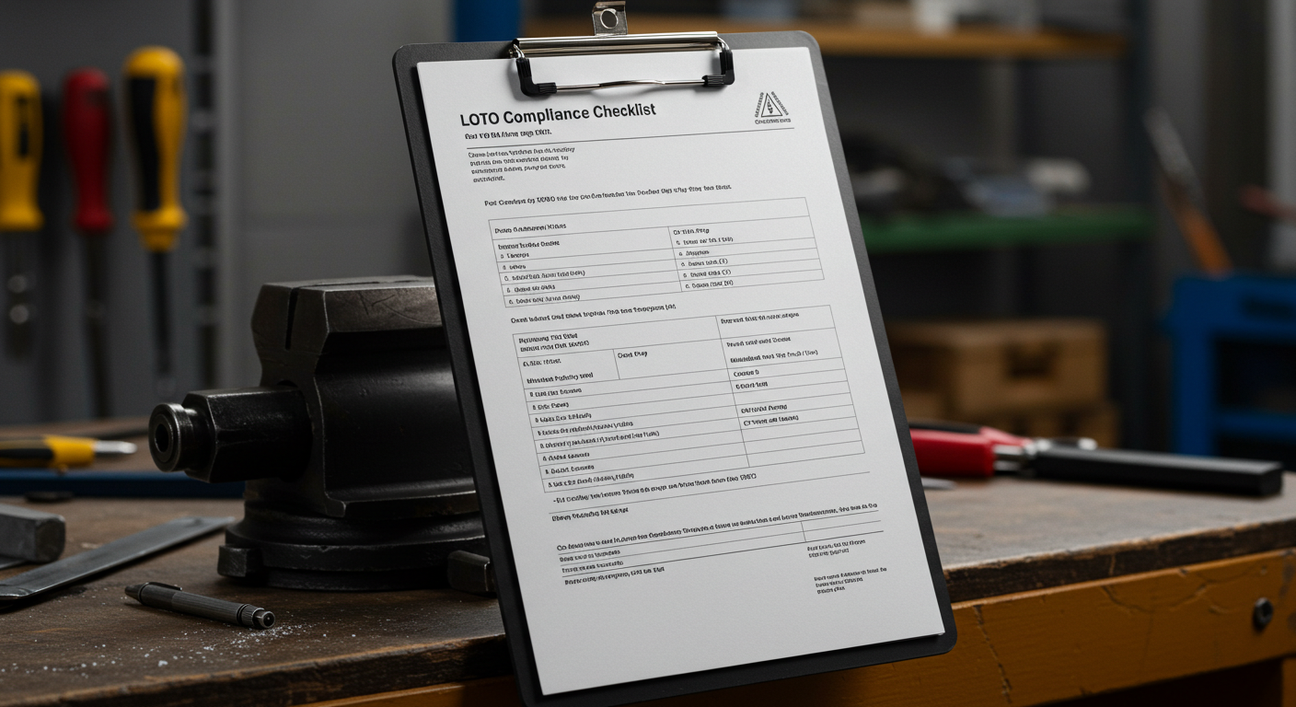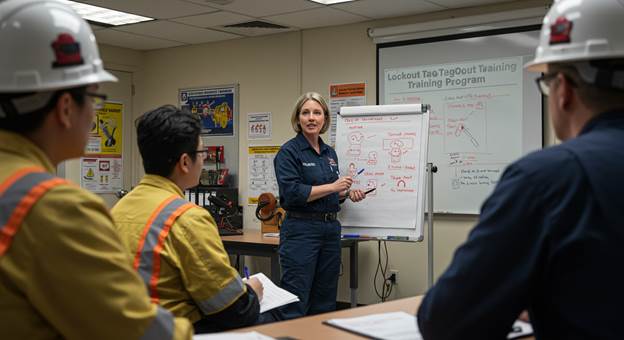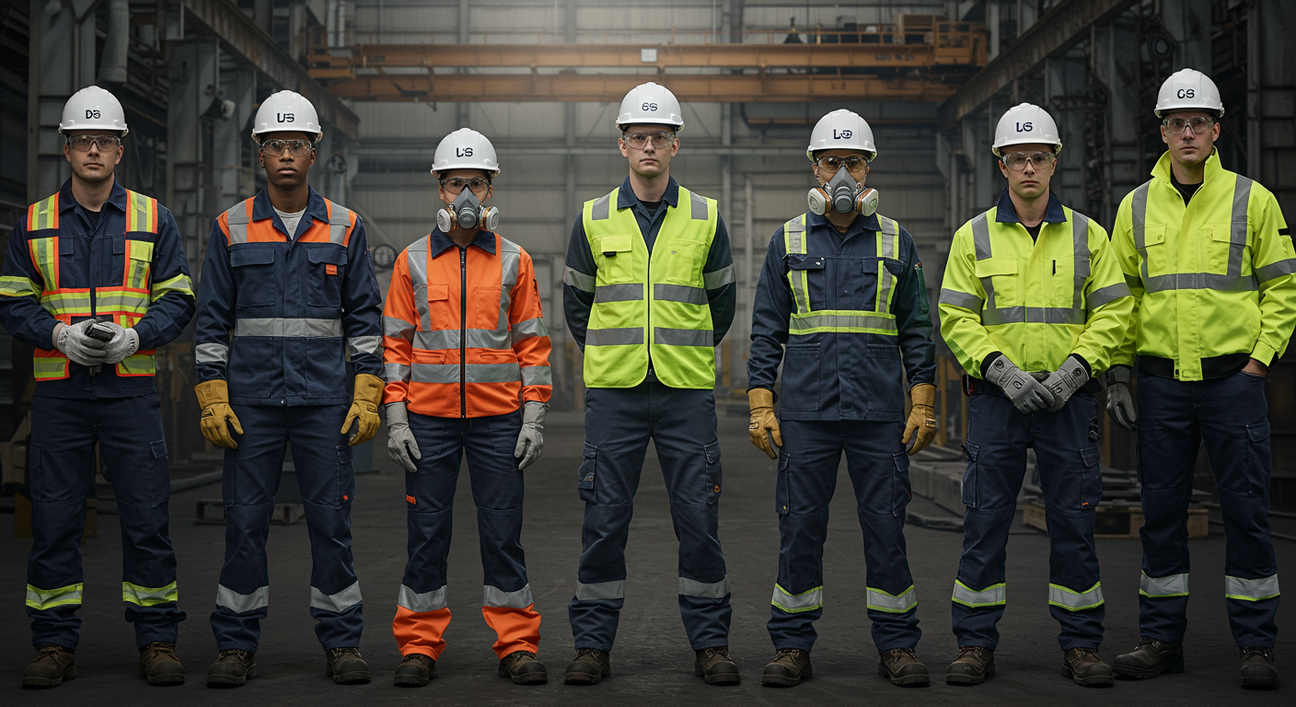Industrial Labeling: How to Ensure Durability and Reliability
In industrial settings, labels are more than just identifiers — they’re vital tools for safety, organization, and compliance. From machinery and cables to hazardous zones and storage bins, labels help teams stay informed and avoid costly mistakes. That’s why understanding the tips for durable industrial labels is so important.
A label that fades, peels, or wears off quickly can lead to confusion, workplace hazards, and extra costs. For Australian industries, where heat, dust, and humidity can challenge label quality, durability and reliability are key. At Archford, we provide labeling products built to perform in the toughest industrial conditions, helping businesses keep their operations safe and efficient for the long term.
Understanding What Makes a Label Durable
The durability of a label depends on how well it can withstand its environment over time. Factors like surface type, temperature changes, exposure to moisture, and cleaning chemicals can all affect performance.
Durability comes from three main aspects — label materials, adhesive strength, and printing quality. Following practical industrial labeling tips such as selecting the right surface prep method and using laminated or coated labels can make a big difference in label performance and longevity.
Choose the Right Label Materials for Your Environment
Not all labels are created equal. The first step in achieving long-lasting labels is choosing the right label materials.
Vinyl labels are flexible and resistant to moisture and chemicals, making them great for general industrial use.
Polyester labels offer excellent durability for machinery and outdoor applications due to their strong resistance to UV rays and abrasion.
Laminated labels provide an extra protective layer against scratches, solvents, and fading.
At Archford, our range of industrial label materials is designed for Australian conditions — tough, temperature-resistant, and reliable across different surfaces and industries.
Use High-Quality Adhesive Labels for Maximum Bond Strength
A label is only as good as its adhesive. High-quality adhesive labels ensure a strong, long-lasting bond, even in high-traffic or outdoor environments.
The type of adhesive you choose should match the surface material — smooth, rough, or painted. Using low-quality adhesives can cause peeling, bubbling, or residue, especially in humid or oily settings.
Archford’s industrial-grade adhesive labels are formulated to stick firmly and last, giving you the confidence that your labeling system will stay intact even under tough conditions.
Protect Labels from Harsh Industrial Conditions
Industrial environments expose labels to constant wear — from extreme temperatures and UV light to chemical splashes and physical contact. Protecting labels is key to extending label longevity.
Using clear laminates or protective coatings can prevent fading and peeling. Applying labels in low-dust areas and away from high heat zones also improves their performance. Archford’s labeling solutions include resistant coatings that protect printed information without reducing visibility.
Printing Techniques That Improve Label Durability

How you print your labels affects how long they’ll last. Thermal transfer printing is one of the best methods for creating long-lasting labels, especially in industrial environments.
This printing process uses heat and durable resin ribbons to produce crisp, smudge-proof text and barcodes. Compared to inkjet printing, it offers superior resistance to abrasion, water, and chemicals.
At Archford, we use advanced printing methods and materials to deliver labels that maintain clarity and adhesion for years — even in demanding factory or warehouse environments.
Follow Proper Surface Preparation Before Label Application
Applying labels without preparing the surface properly can lead to early failure. Cleaning the area of dust, oil, and moisture ensures strong adhesion.
Avoiding label application errors is simple if you follow these steps:
Clean with a mild solvent and let it dry completely.
Apply the label slowly, pressing evenly to avoid bubbles.
Wait a few hours before exposing it to heat or moisture.
These small steps help improve label longevity and reduce replacement costs down the line.
Conduct Regular Label Inspections and Maintenance
Even the most durable labels need regular checks. Over time, exposure to sunlight, friction, or chemicals can cause fading or peeling.
Set up a maintenance schedule to inspect long-lasting labels every few months. Replace any that are worn or unreadable, especially those related to safety or equipment identification. Preventive checks save time and money while keeping your workplace compliant and organized.
Store Spare Labels Correctly to Maintain Quality
Storage often gets overlooked but plays a big role in preserving adhesive labels. Labels stored in hot, humid, or dusty environments can lose their stickiness or curl before use.
To prevent this, keep spare labels in a cool, dry place, away from sunlight and moisture. Proper storage keeps the adhesive fresh and extends label longevity, ensuring that every label you use performs like new.
Use Industrial Labeling Tips to Improve Efficiency and Compliance
Reliable labeling isn’t just about safety — it’s also about efficiency and compliance. Using effective industrial labeling tips such as color-coding, size consistency, and clear typography helps workers identify hazards or tools faster.
Durable labels also support compliance with Australian safety and WHS standards, ensuring that your facility meets inspection requirements without constant reprinting or replacement.
When to Replace or Upgrade Labels
Even the best labels eventually need replacement. Knowing when to upgrade your labeling system helps you maintain a professional and compliant workspace.
If your labels are fading, peeling, or no longer match your current safety protocols, it’s time to invest in new long-lasting labels. Modern options offer better materials, adhesives, and coatings that can dramatically extend lifespan and reduce costs.
Archford’s Role in Delivering Reliable Industrial Labeling Solutions
Archford is Australia’s trusted partner for durable labeling solutions. Our range includes heavy-duty adhesive labels, chemical-resistant label materials, and advanced printing options tailored for industrial use.
From warehouses and factories to laboratories and outdoor sites, our products are built for performance, safety, and compliance. With a focus on label longevity, Archford helps businesses reduce downtime and maintain clarity across their entire labeling system.
Conclusion

Strong, reliable labels make all the difference in a safe and efficient workplace. By using the right materials, adhesives, and application techniques, you can create a system that lasts for years — even under tough conditions.
If your current labeling system isn’t performing as it should, it might be time to upgrade. Contact Archford today to explore durable labeling materials and get expert guidance on building a labeling system that truly lasts.
FAQs
What are the most durable label materials for industrial use?
Vinyl and polyester are the most durable options, ideal for harsh environments and long-term applications.
How can I prevent adhesive labels from peeling?
Clean the surface before applying and avoid high humidity or oily areas during application.
Which printing method lasts the longest?
Thermal transfer printing offers superior resistance to fading and chemicals.
How often should I inspect industrial labels?
Check every few months or after equipment maintenance for damage or wear.
Does Archford provide custom labeling solutions?
Yes, Archford offers custom long-lasting labels designed for your specific workplace and environmental conditions.

